
Creation Crate is a subscription box for teens and adults ages 12 and up who want to learn how to build and program electronics. Each month you will receive the necessary electronic components and access to a thorough online curriculum to create your tech projects. These projects build on skills learned and increase in difficulty. You'll need access to a computer, the internet, and a USB port, but everything else you need is included in the box!
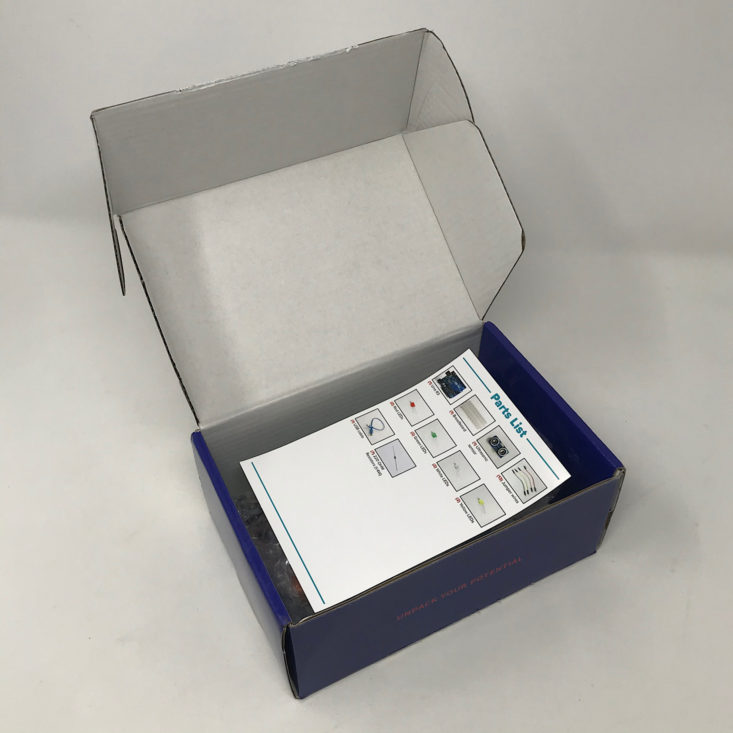
This box was sent to us at no cost for review. (Check out the review process post to learn more about how we review boxes).

About Creation Crate
The Subscription Box: Creation Crate
The Cost: $29.99 per month. Save with longer subscriptions.
The Products: All of the required components to complete the month's project along with access to an online classroom with tutorials, exercises, and instructions on how to write your code.
Ships to: The U.S. for $4.99, Canada and worldwide for $8.99
Creation Crate Project 3: "Distance Detector" Review
Bonus Gifts: Component Case XL and Soldering Kit
When you subscribe to a quarterly, semi-annual or annual plan, you will receive a few bonus gifts depending on which subscription option you choose. Creation Crate was kind enough to send me a few items to share with you! To read more about this, check out my first review here! While these are great to have on hand, they are not necessary for your projects each month.
Bonus Gift: Digital Multimeter
This digital multimeter comes as a gift with the semi-annual and annual plans. There was a delay in shipping with this one so it did not arrive in our first box with the other gifts, but since we don't need this for any of our projects, it didn't affect anything! I am happy to have this handy tool and I think it goes so well with some of the educational information about voltage and power that they cover in our Getting Started course (more on that below).
The project for this month is to make our own distance detector. They included this parts list along with instructions for how to access the online course. While the projects do build upon one another in skill each month, I did not need any other items besides what is in this month's box and my computer.
All of our supplies were packaged neatly protected by a piece of bubble wrap.
Breadboard and UNO R3
The two main components we needed were a breadboard and this UNO R3 they provided.
Ultrasonic Sensor
This is the ultrasonic sensor that we will be using.
USB Cable
They also provided this cable with a USB port at one end to hook our project up to our computer for programming.
Jumper Wires and Resistors
We also received several jumper wires and 220 OHM resistors.
LEDs, Buttons, and Buzzer
They included 8 different colored LEDs and a buzzer for our distance detector.
Logging into the Course
Logging into your course can be a little tricky the first time, so I've included some screenshots of the steps. After navigating to the classroom, you'll select "All Courses" and scroll down to find the "Original Courses" button. Then you select the course you want and hit the "buy" button. From here you'll be prompted to create a new account or log in if you already have an account. There will be a section to enter your access code which can be found on the Parts List in your box and it will bring your total to $0.00 and allow you access to the course.
Course Layout
Once you begin your project, you'll notice a little sidebar that provides your progress throughout the course. While the components may be different each time, the course will be divided into many subsections that follow a logical order making it easy to follow along with since it is so well organized. There are even some troubleshooting sections.
One thing that I think is so great about Creation Crate is they provide access to a "Getting Started Course" for those who are beginners. I was thoroughly impressed with this course. They went into all of the details about currents, amps, power, and voltage. They provided visual demonstrations of how things work and explained each of the components that we would be working with such as breadboards, jumper wires, and LEDs. I thought they had a great way of explaining and making real-life comparisons to help us gain an understanding of the concepts. This felt like a true educational course and was on par with something you might take in college!
Part 1: Assembling the Hardware
Now let's get to this month's project! First, they introduced our project and displayed a parts list. They also provided a PDF version of the instructions for us to download.

These are the instructions for adding the components to our breadboard. You can see how specific the directions are with the pins needing to be in the right spots. The breadboard reads like a grid with numbers going vertically and letters horizontally which makes it a little easier to place items, but I always find it a little tricky working within such a small space.
I started by placing the sensor on the board followed by the buzzer and our LEDs. Then I added the resistors making sure to line everything up correctly.
This month, there was a learning twist. Since it is our third project, and we are now a bit more familiar with the process, they didn't provide a diagram for wiring the breadboard to our UNO R3. It was a bit of a challenge, but I enjoyed it and they provided several notes that helped.
I had to pay attention to all of the numbers and markings on the UNO R3 to wire it up. It wasn't as difficult as I thought, especially since they provided a diagram of how to wire the power for us.
With everything wired, it was time to check to see it if works. I connected the UNO R3 to my computer using the USB cord they provided.
Part 2: Write the Program
Now it was time to type in the code using Arduino. With our first project, they provided directions for how to download Arduino's free software along with a coding video that explained the basics to us. While entering code is essentially just typing in what they give you word for word, it can be quite tedious and it's easy to make a mistake. Luckily, they include a section on common errors to help us troubleshoot. They break down the coding into sections and use notations to help us understand what each section is for.
I thought my project was working okay, but when I got to this part where I had to change a bit of code and run the Serial Monitor on Arduino, I realized that something wasn't quite right even though my LEDs were lighting up.
I went through and checked out the Step-by-Step video and realized that I forgot to place the jumpers for the power between the sensor and the breadboard! An easy fix, but definitely one that affected my entire project!
The boys were eager to see what this strange new gadget was and they were happy to demonstrate how the distance detector worked by moving their hands closer and further away from the sensor.
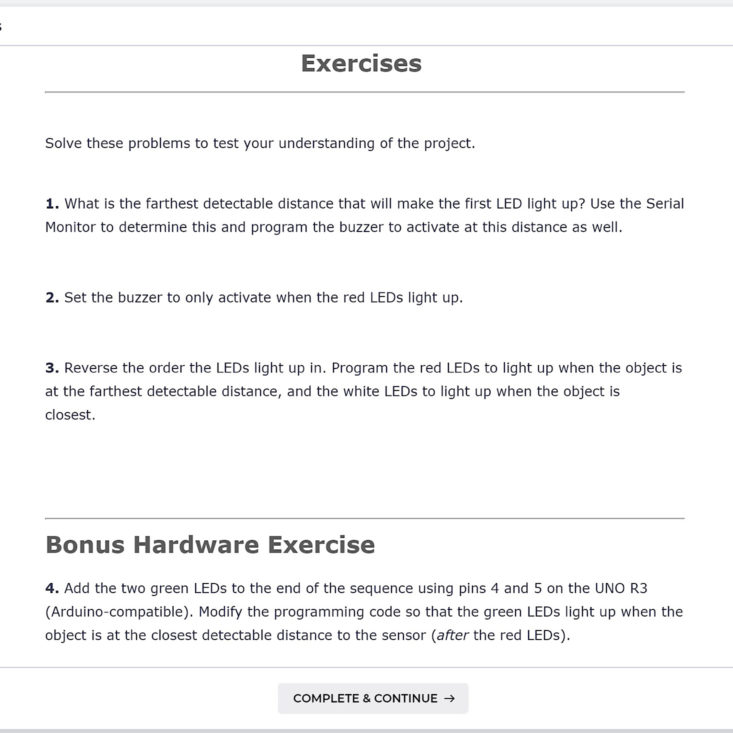
Now it was time to test our knowledge and skills by solving these challenges.
I was successfully able to locate what the furthest distance was with the code and I figured it out by playing around with my detector. Then I moved on to this part in the video where I was able to make the buzzer sound only when it reached the red lights. There is still a low hum when the white lights start, but I think it still counts! It's a little tricky to see because those LEDs are so bright!
This next one felt like a simple challenge to me since I just had to change some of the code to make the lights change from red to white instead of white to red. I basically just reversed the order of the text which reversed the order of the lights.
This was my favorite challenge because it involved both the hardware and the coding aspects and it actually made sense to me! I found it fairly easy to do now that I had all of this knowledge under my belt and I went into the challenge with more confidence than I expected. I really think their methods of teaching are so successful because of how they ease you into it. I was definitely proud of myself when I was able to get those green lights to work on the first try!

If we did have any issues, they have a classroom discussion that we can use to ask questions. It looks like Creation Crate responds very quickly to any concerns, too! I really do appreciate all of the information and assistance that they provided throughout this whole process.

It was easy to see once we had completed everything in the course thanks to the side menu. The last section is where they encourage you to share your work in exchange for some cool rewards.
Verdict: I could definitely see how things will start to become more challenging after this third project from Creation Crate! I enjoyed the extra challenge of having to place the jumper wires on our own and it actually helped me to understand the process a bit more than when I was simply placing them according to the diagram. I continue to be impressed with how thorough and educational these projects are, and I also enjoy the confidence that it's instilling in me as I am able to complete these challenges with no real prior knowledge! I think this is a great way to exercise your brain for $34.98 ($29.99 + $4.99 shipping) each month!
To Wrap Up:
Can you still get this box if you sign up today? Because the projects build upon one another, you'll receive the Project 1 box first! From Creation Crate:
Creation Crate projects are a combination of building hardware and programming software with a focus on helping you understand how it works. Each month, you'll be given a new project that's slightly harder than the last.
Check out our other Creation Crate reviews and our list of the best boxes for teens, as voted by MSA readers!
Keep Track of Your Subscriptions: Add this box to your subscription list or wishlist!
What do you think of Creation Crate?







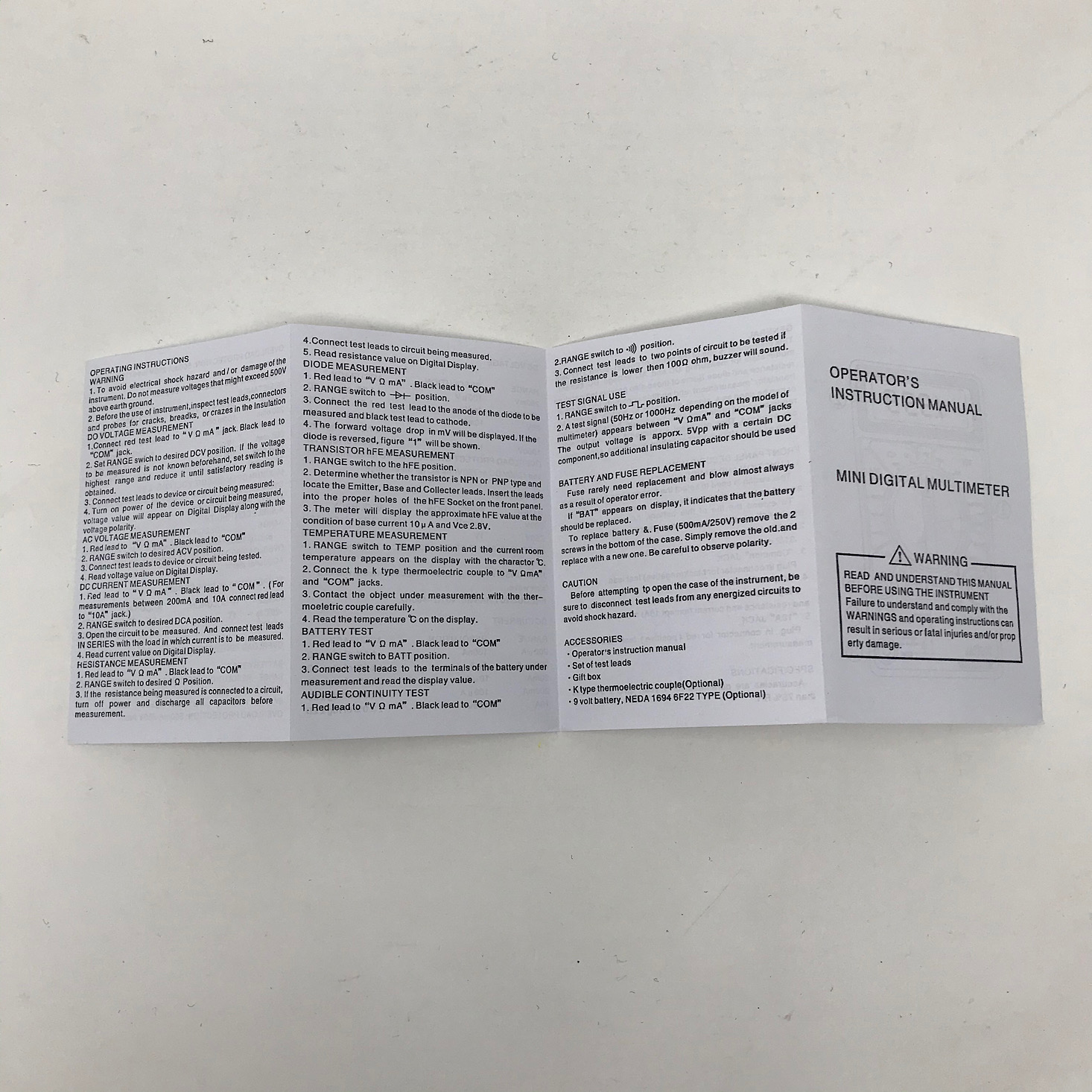




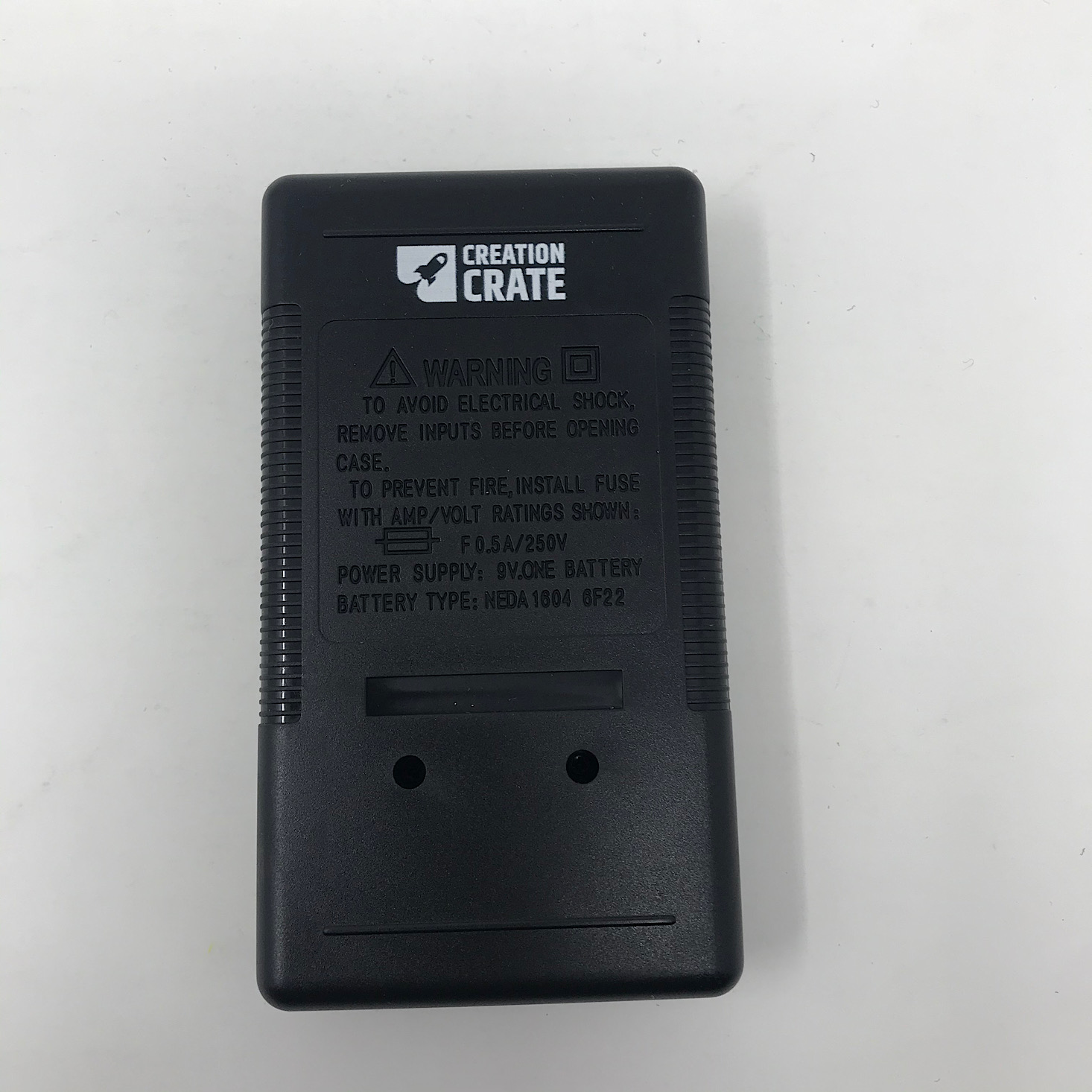
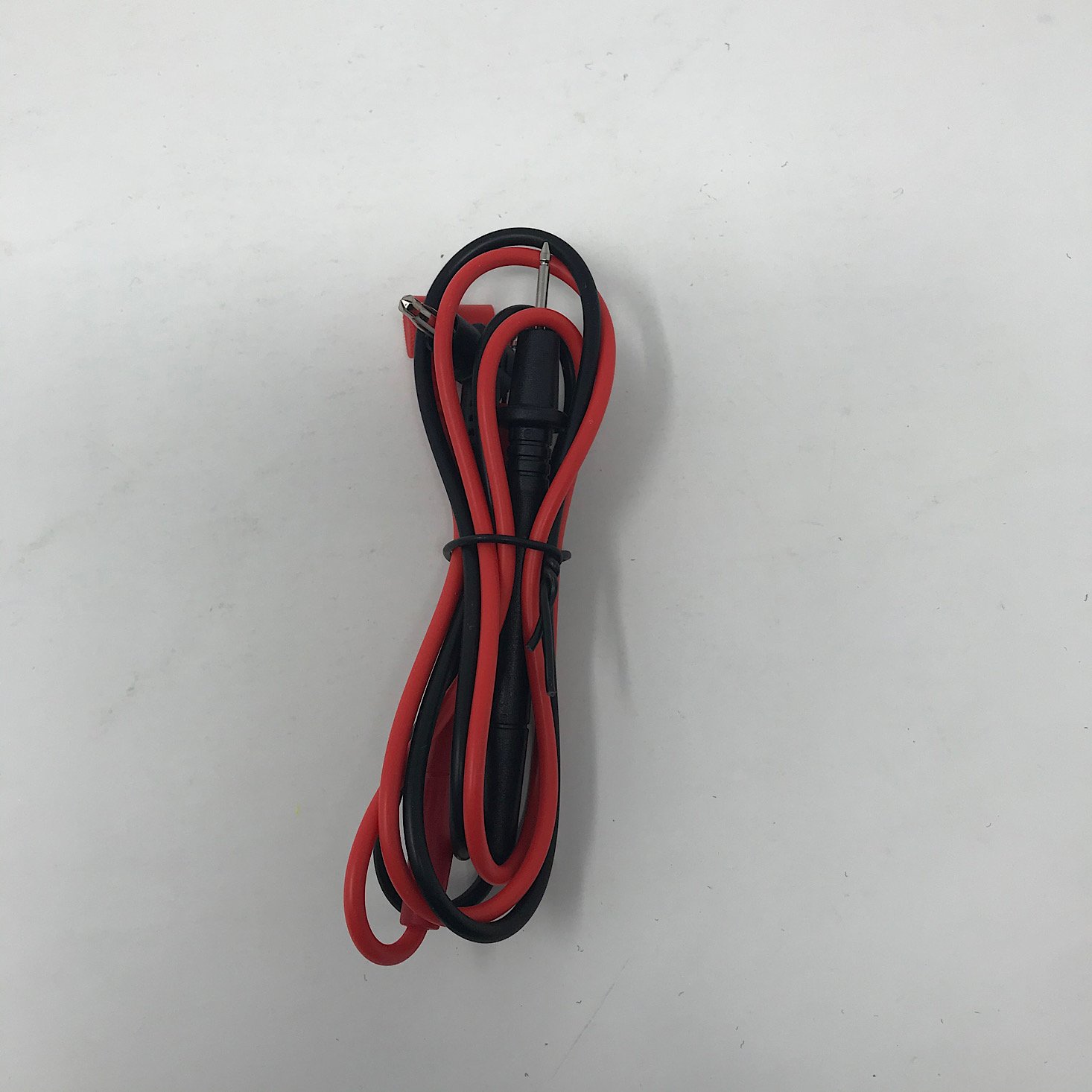
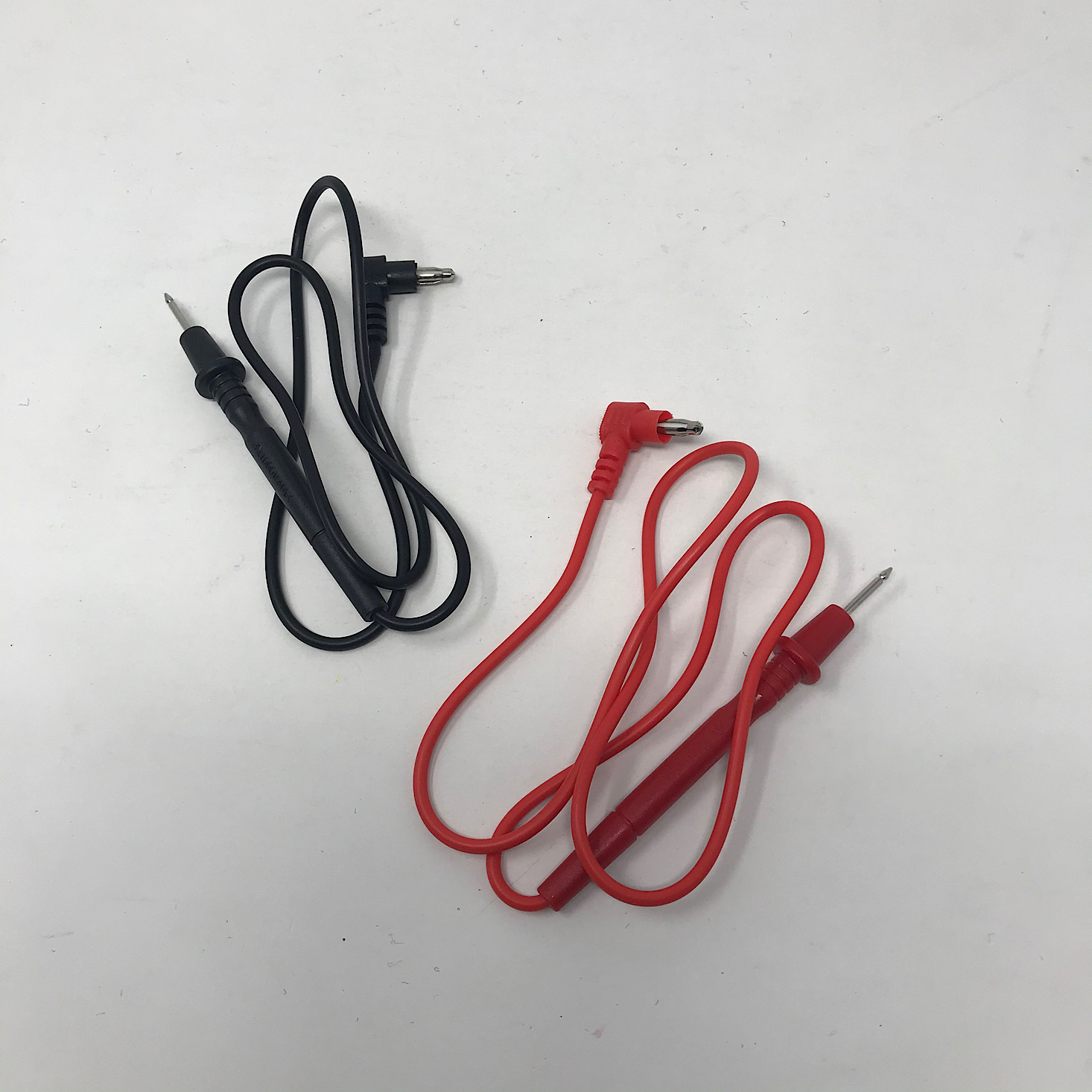


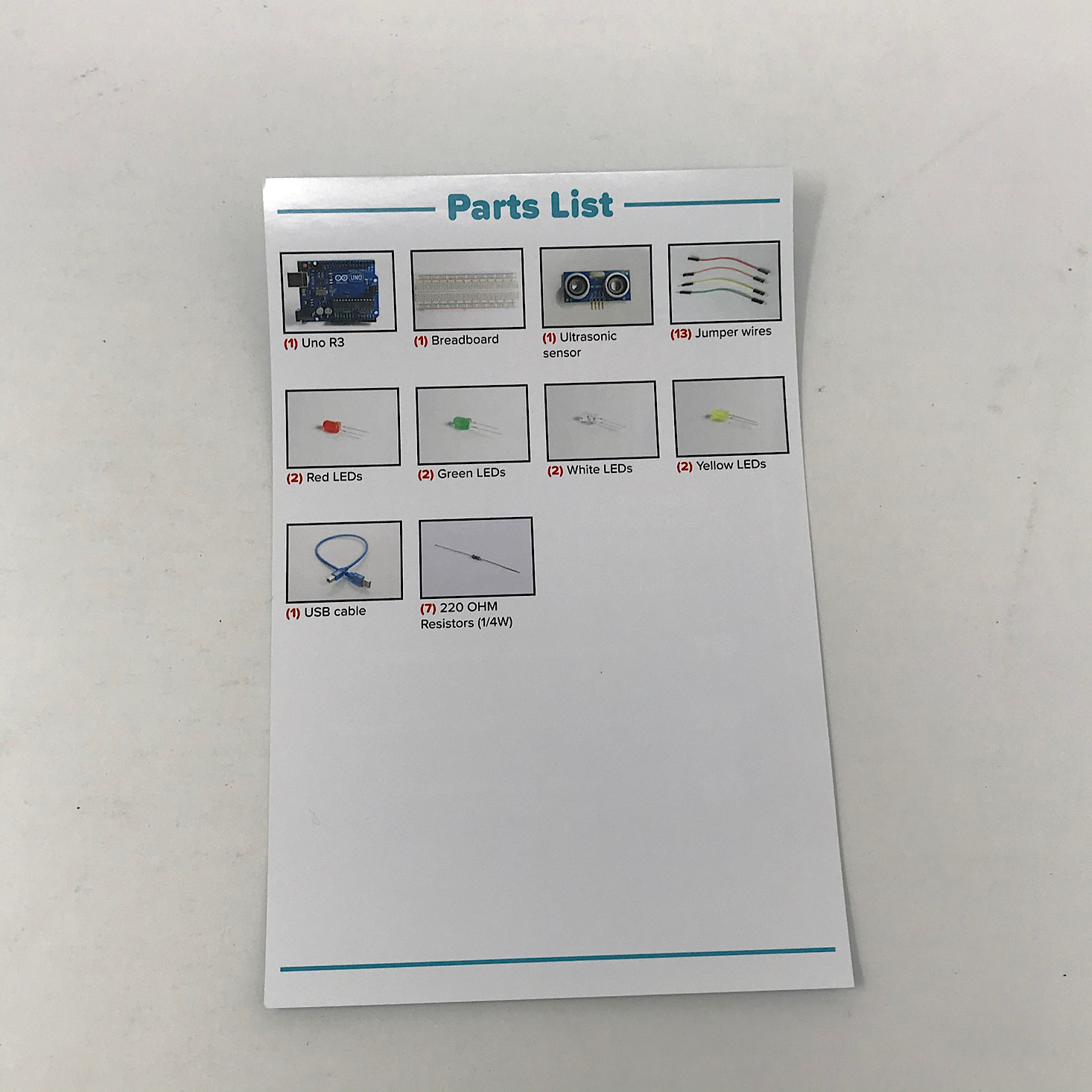



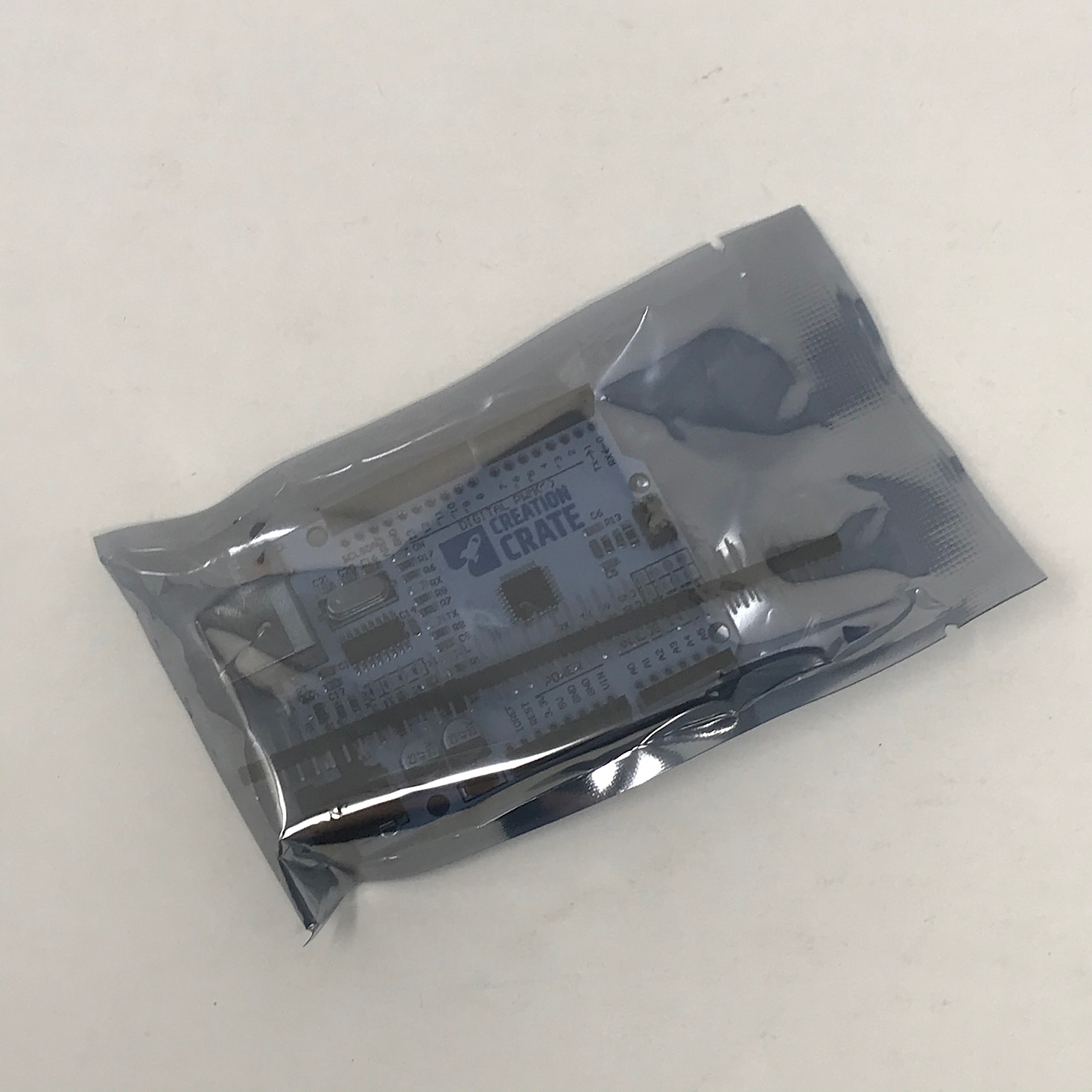
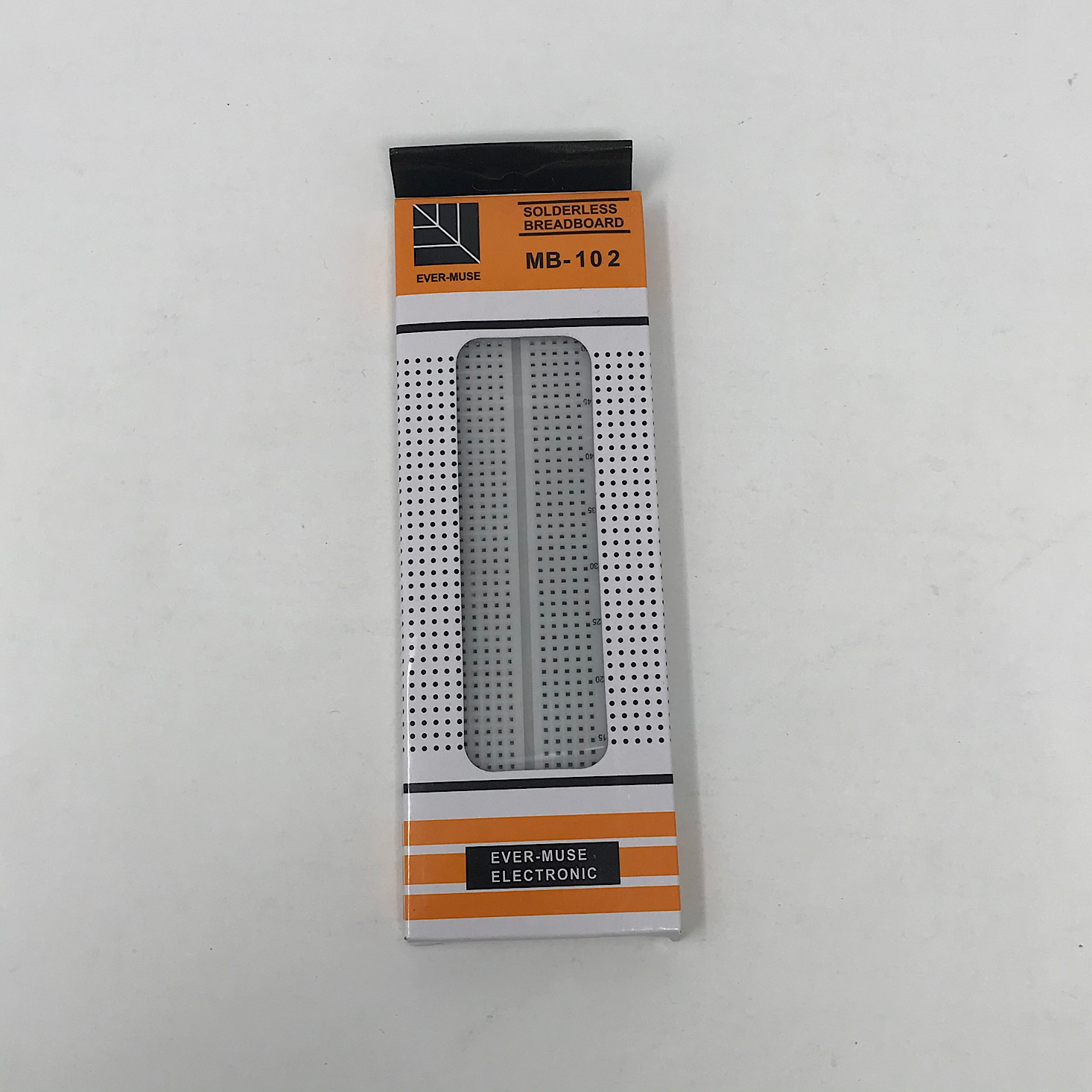
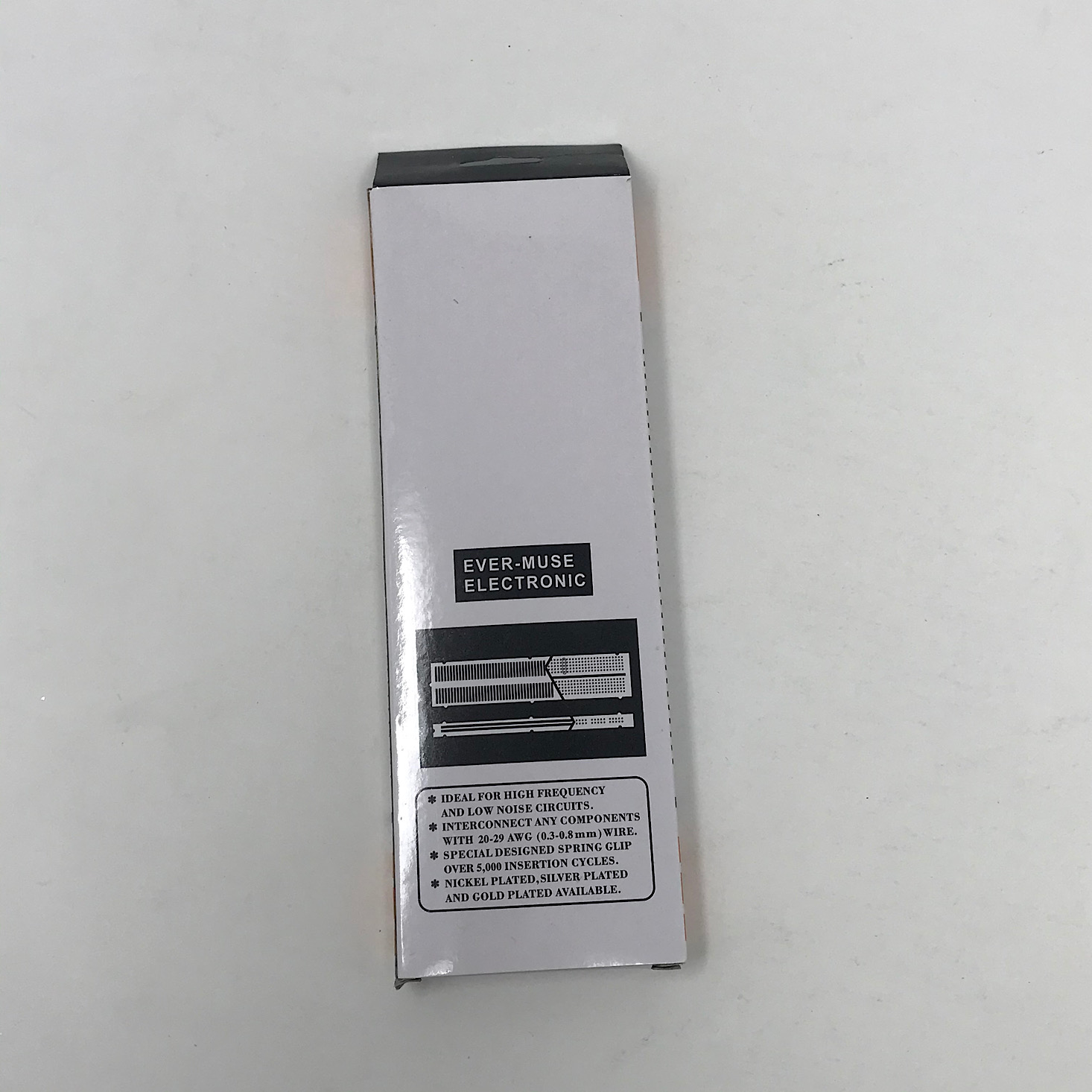



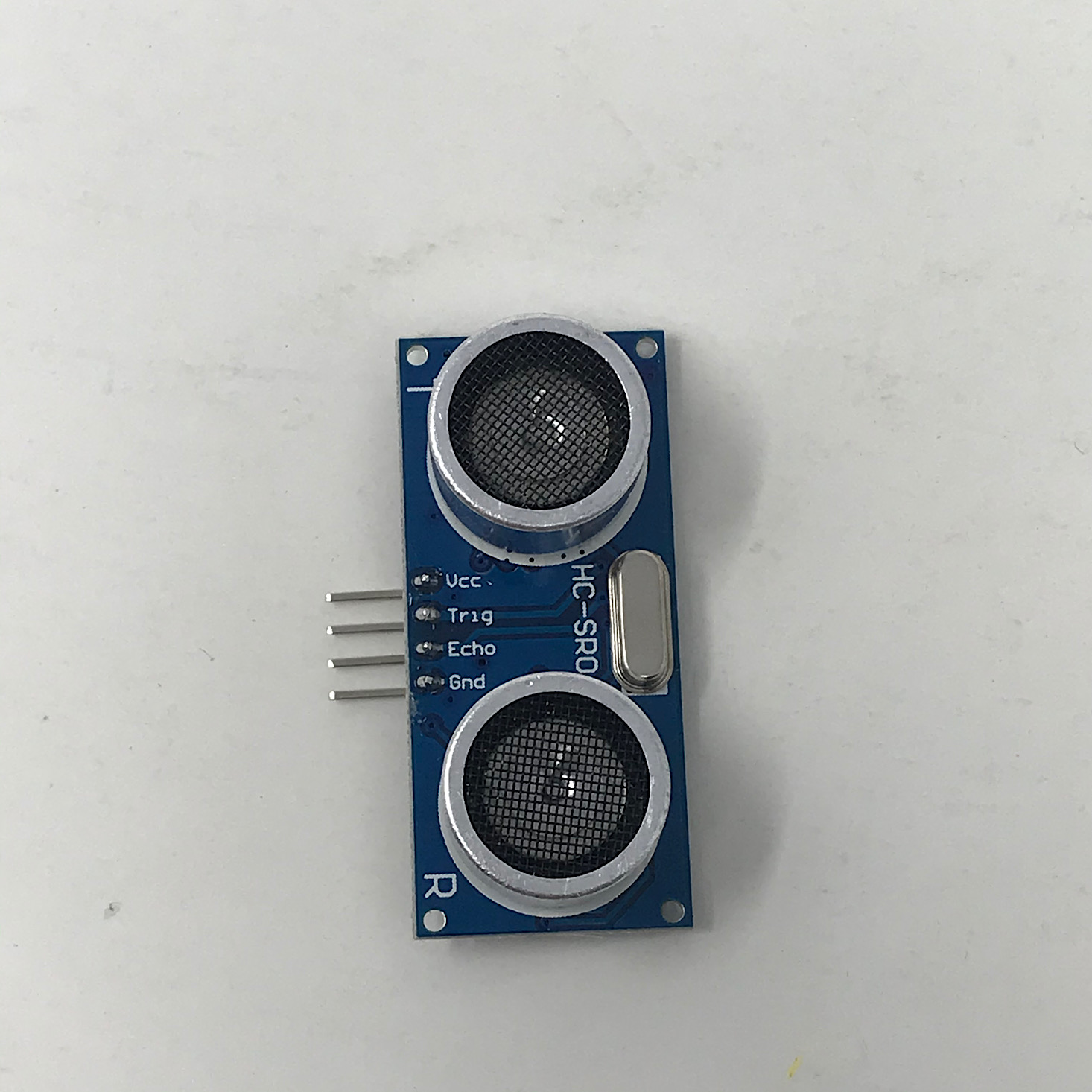
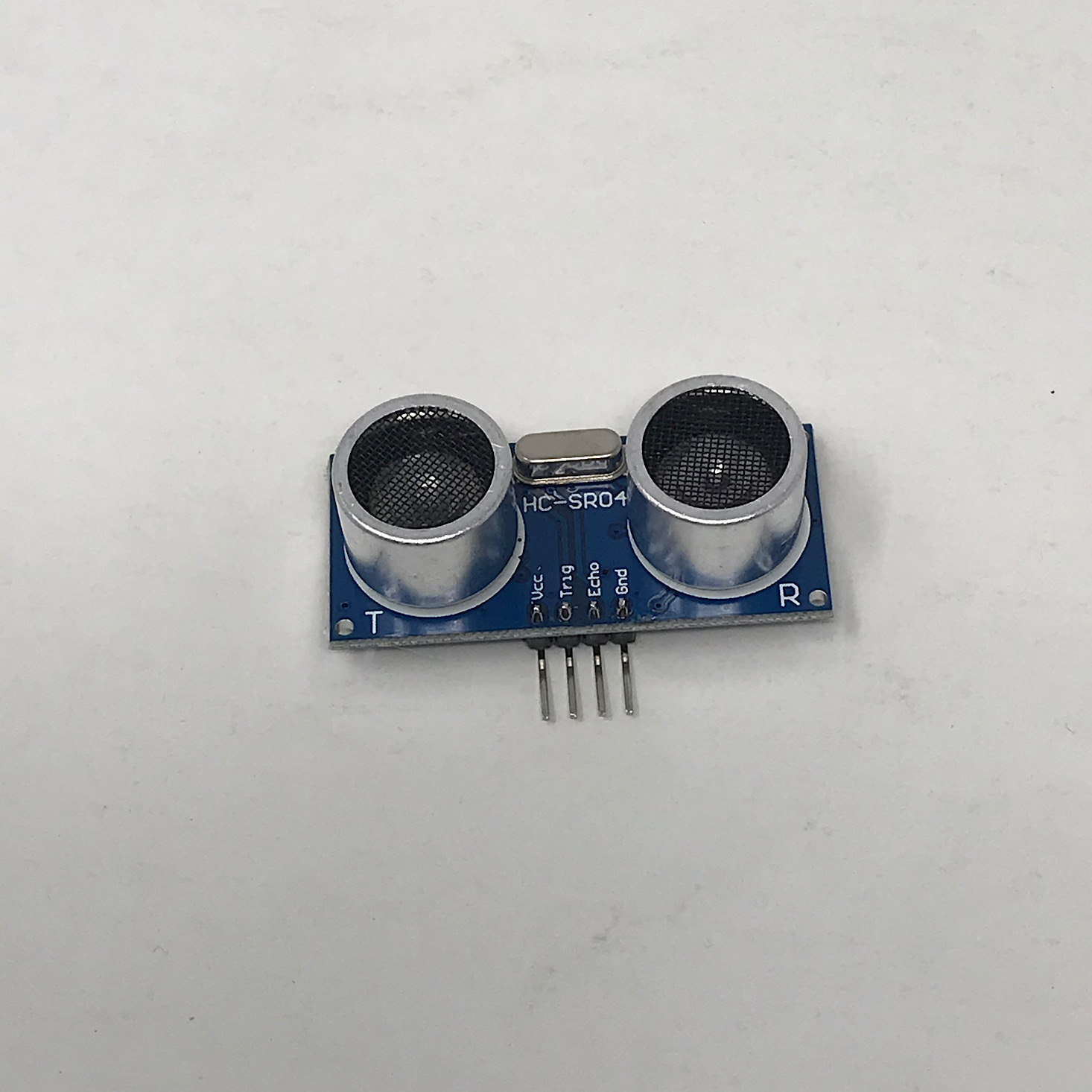
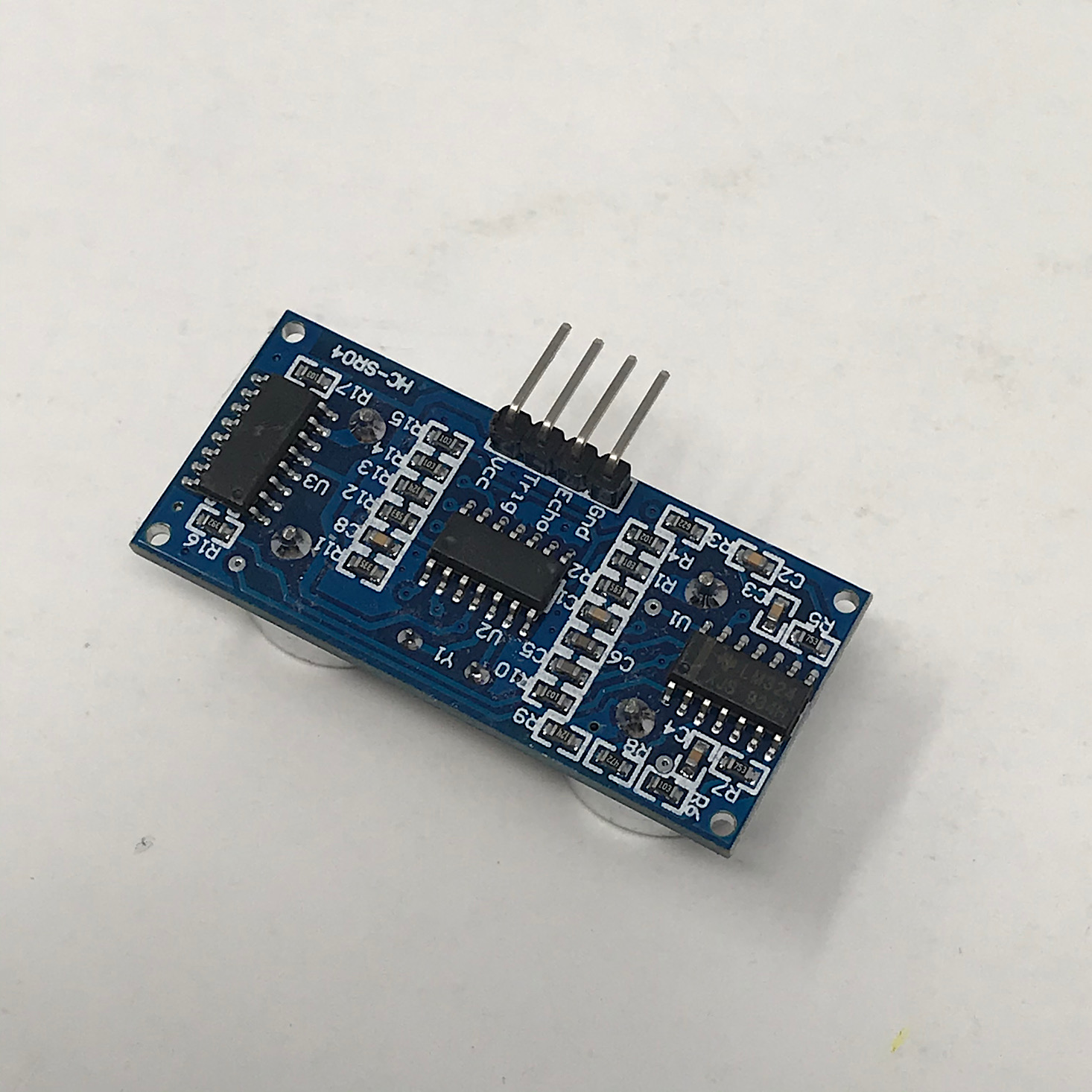
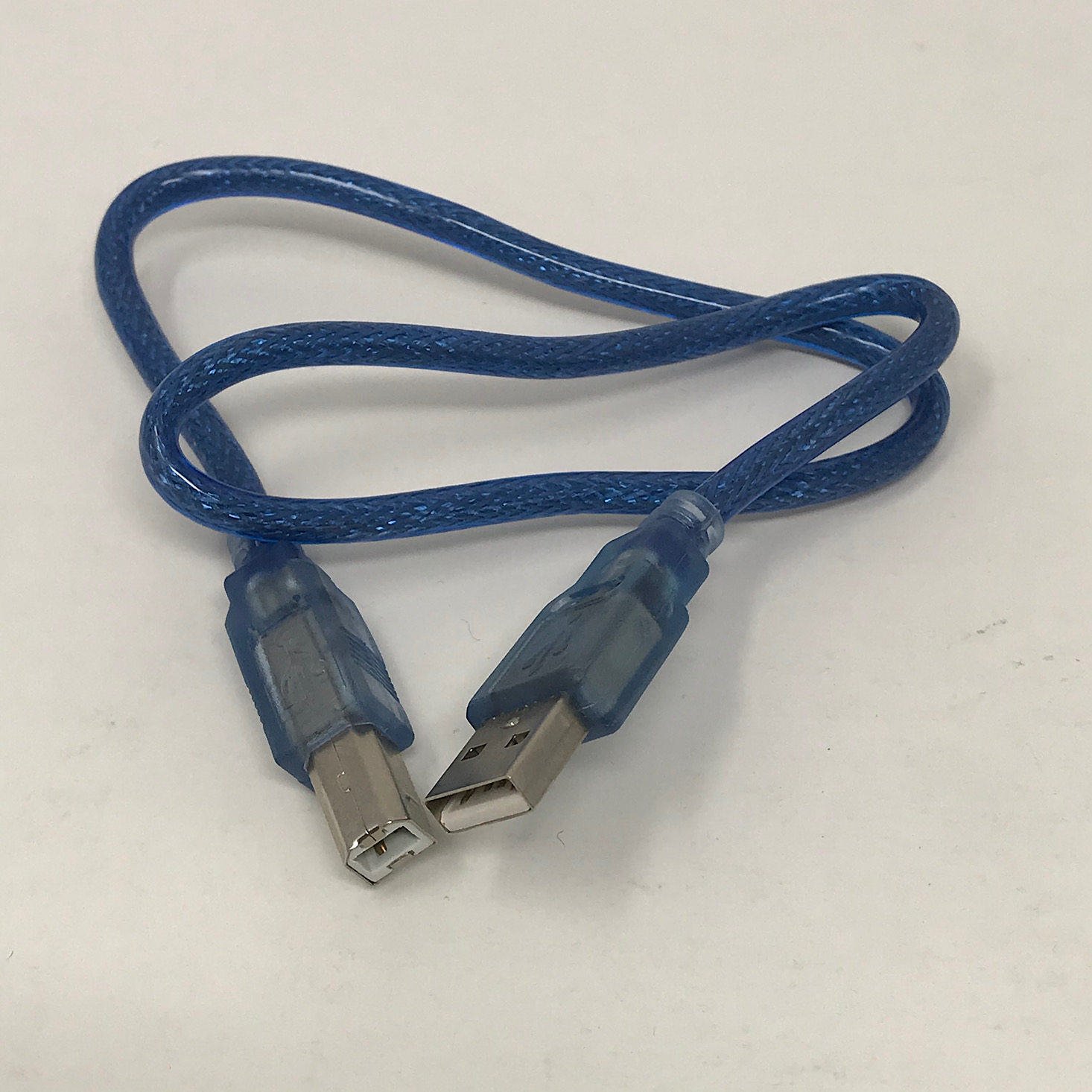
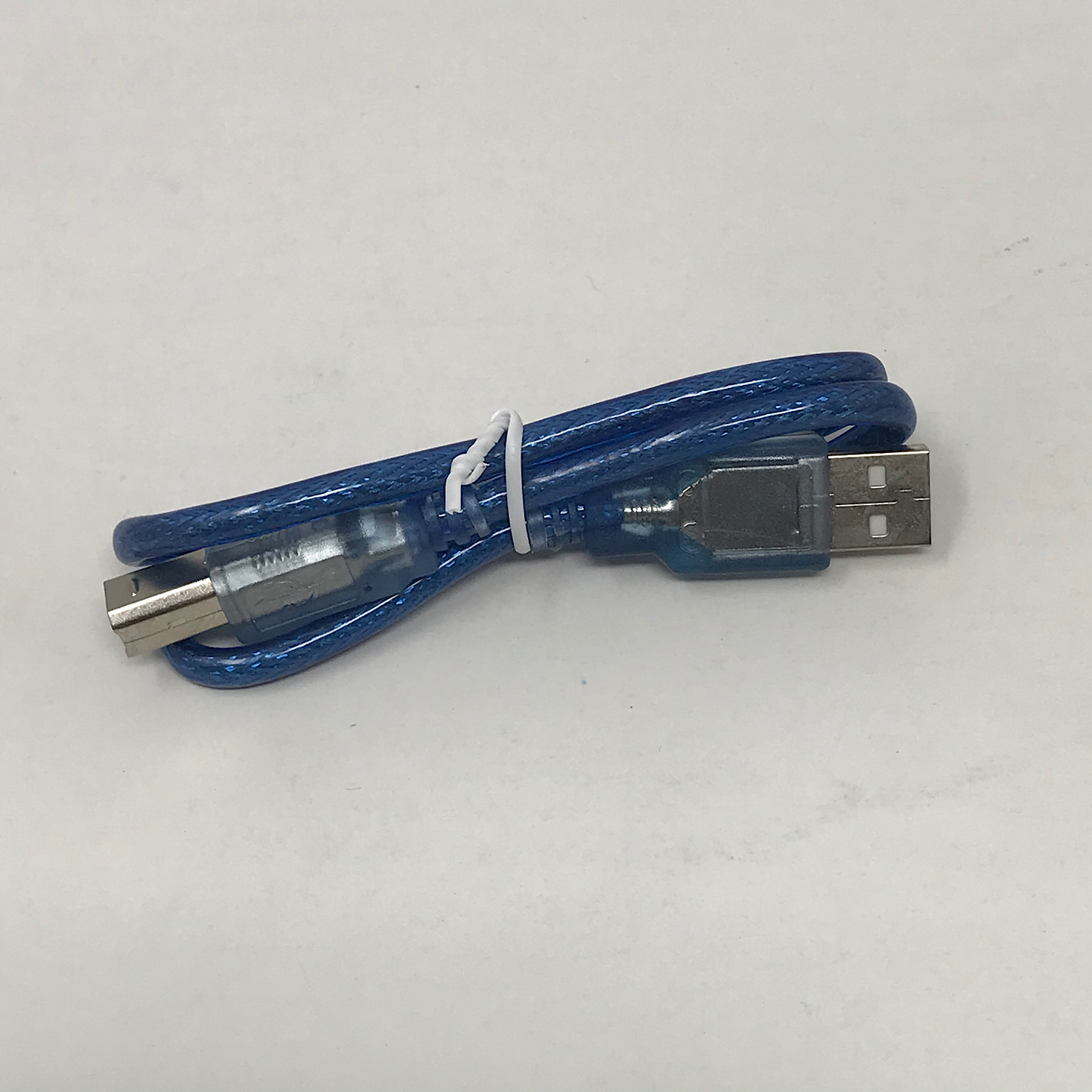
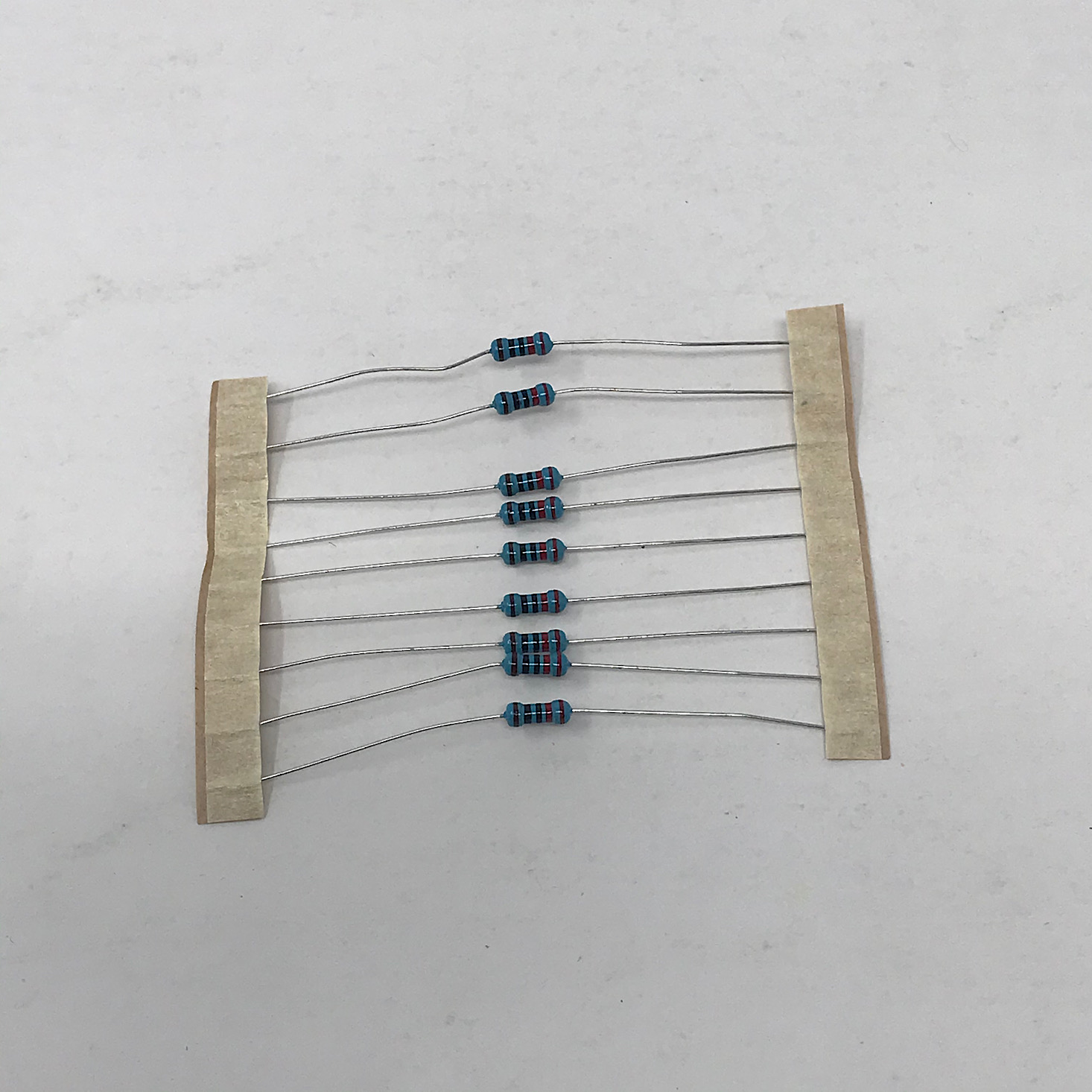


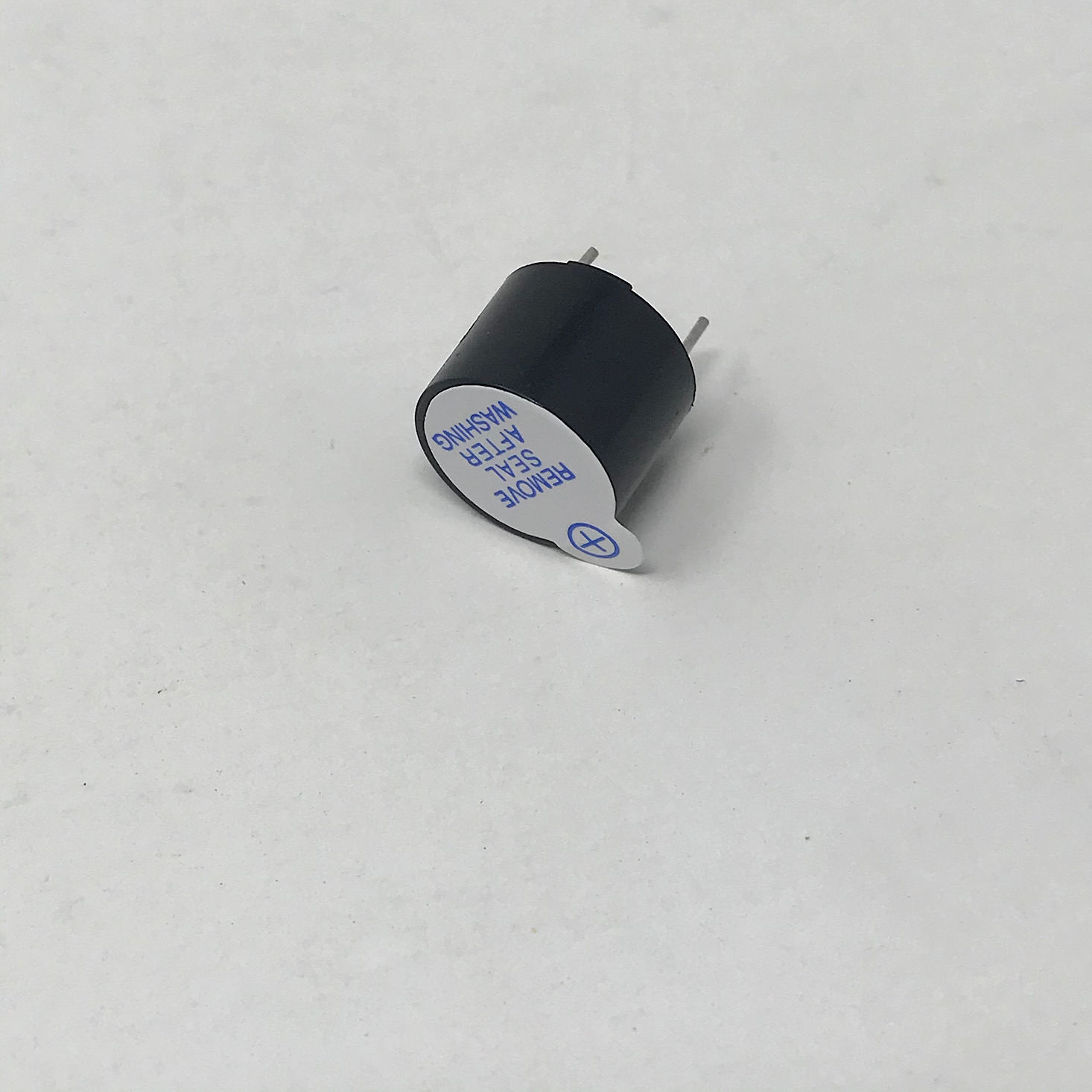
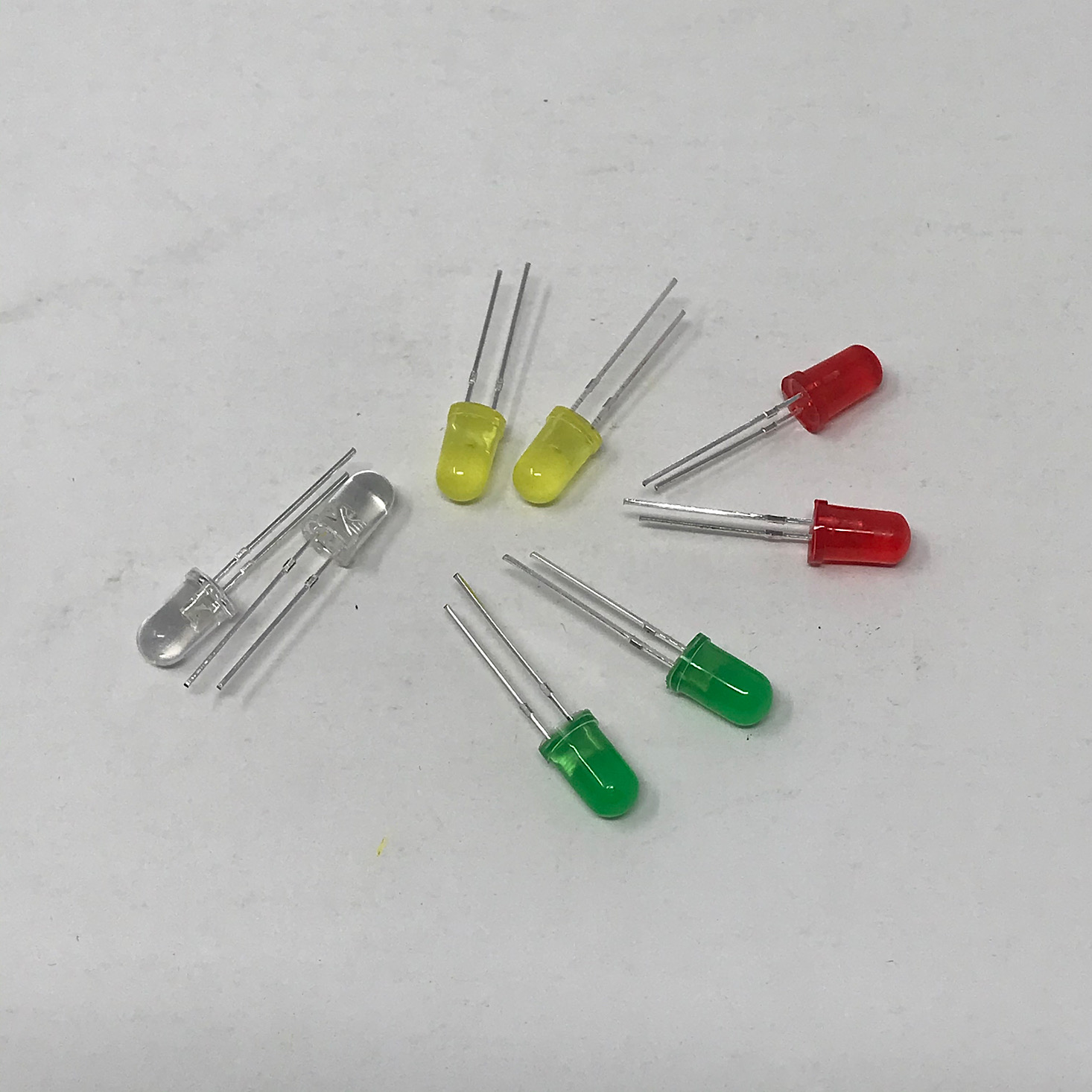








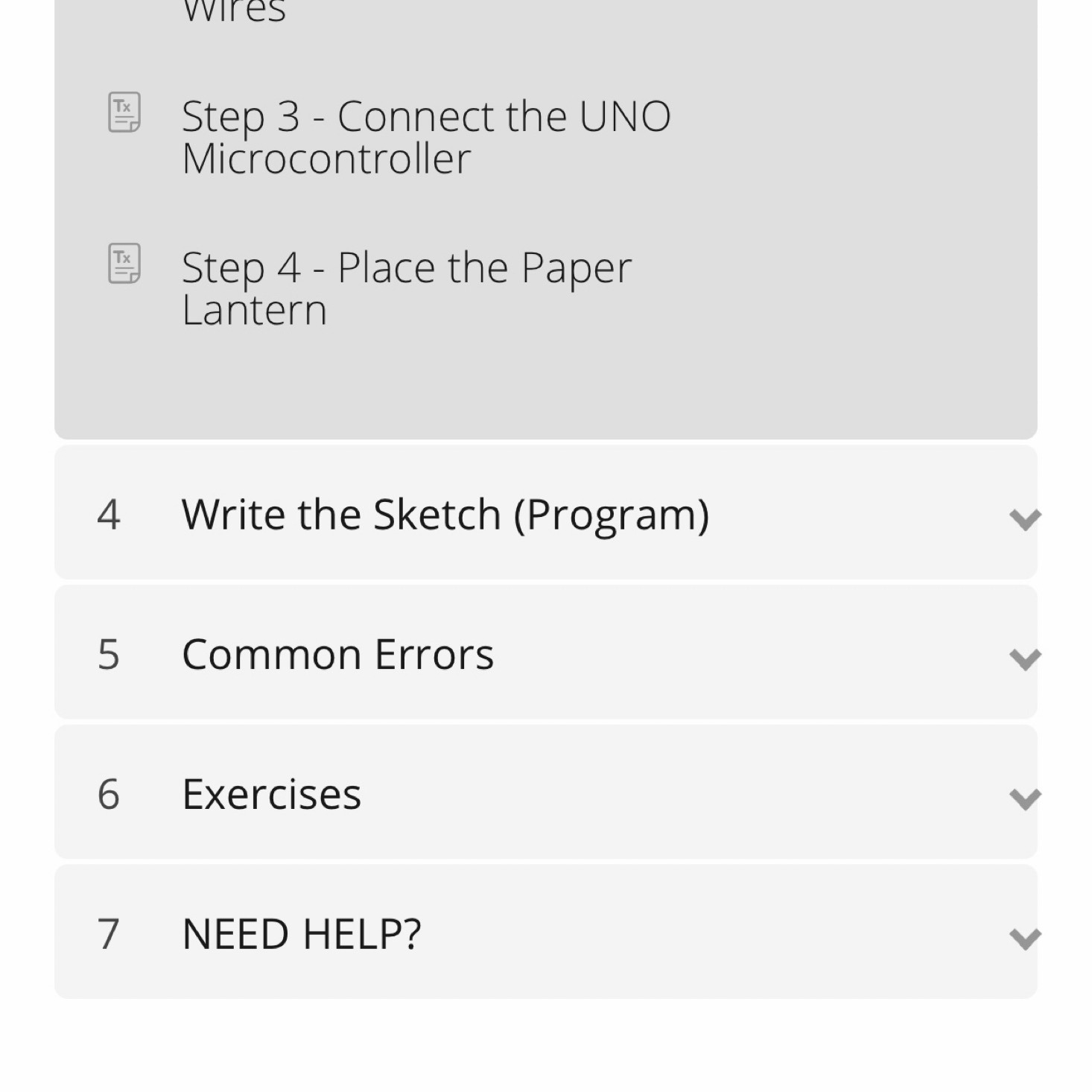
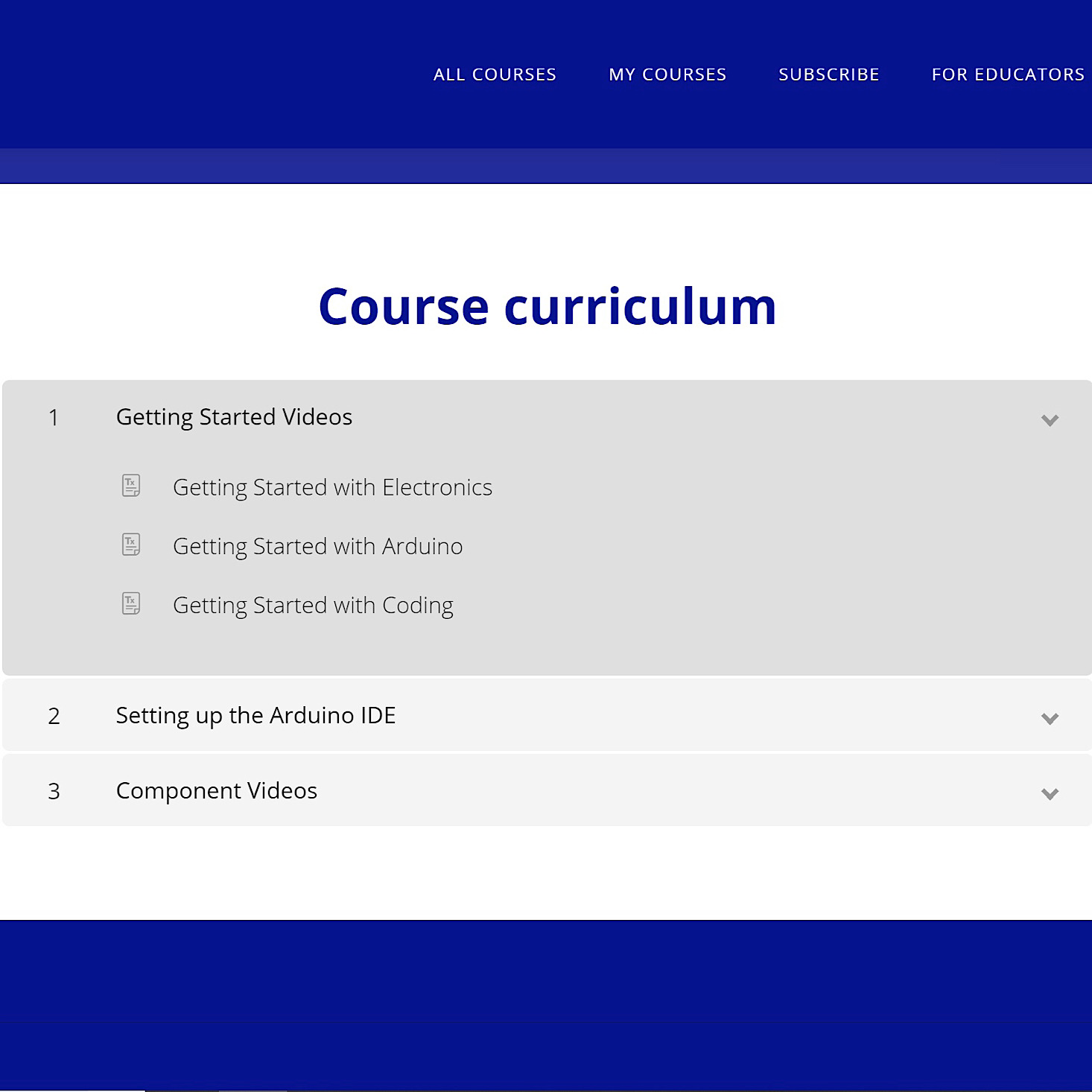









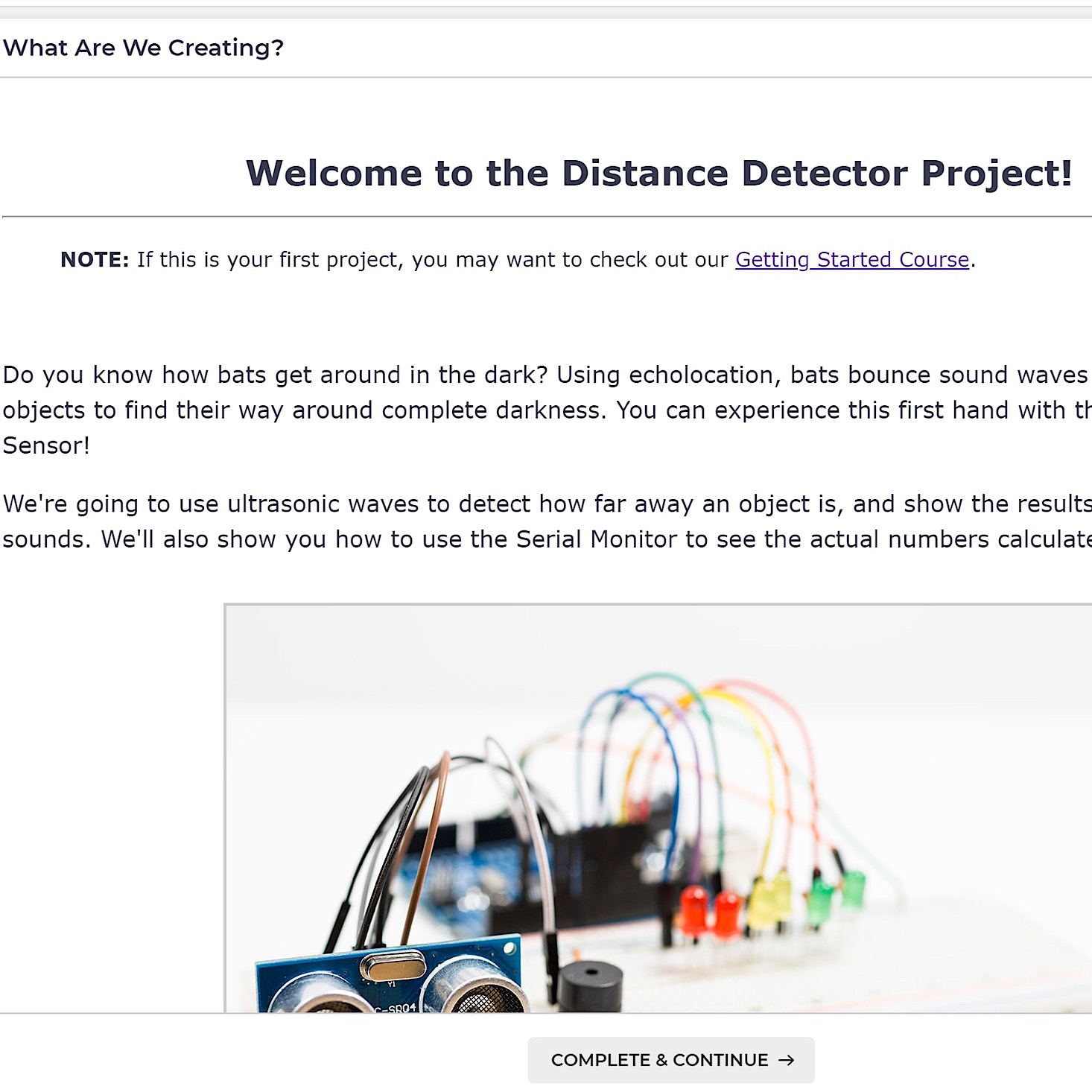

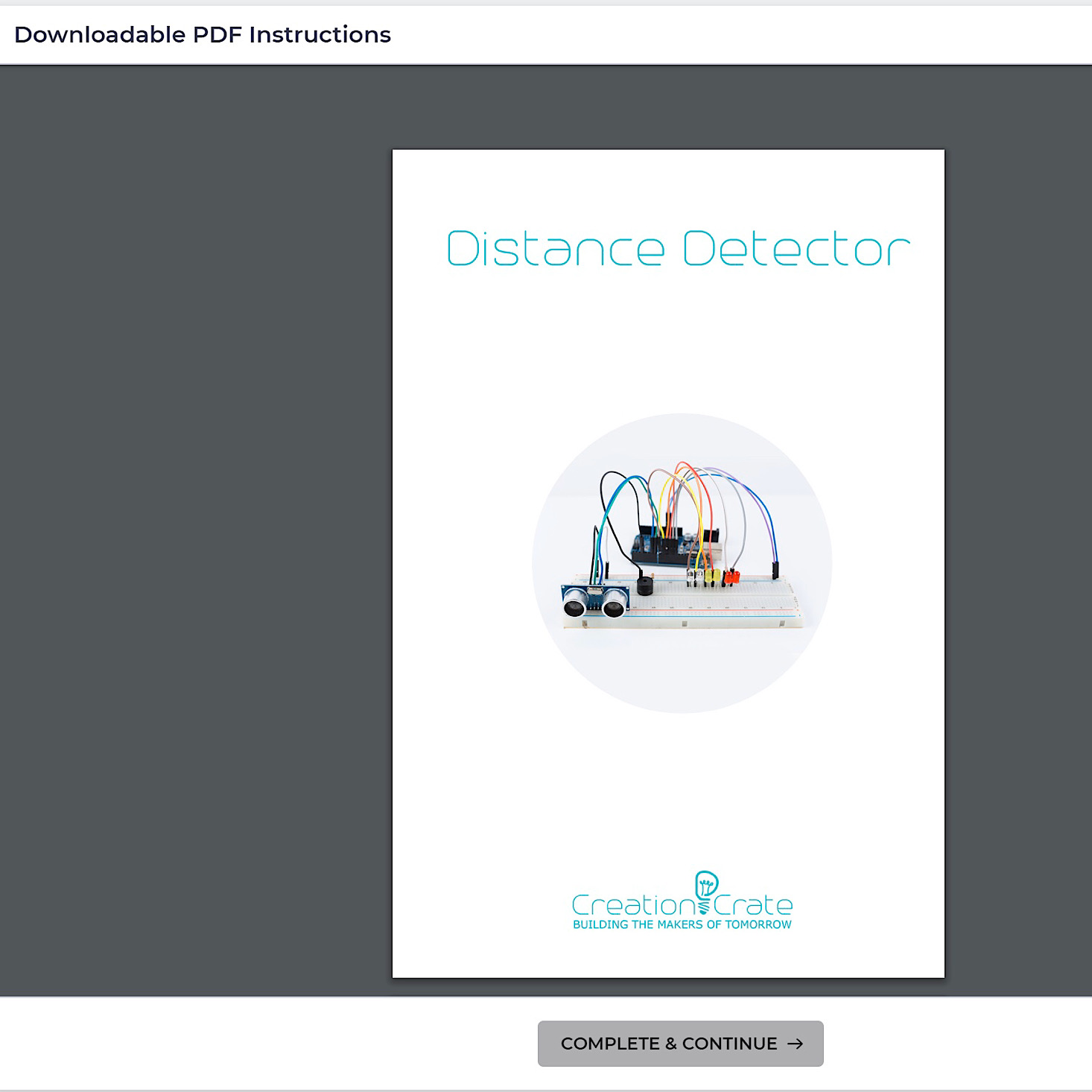
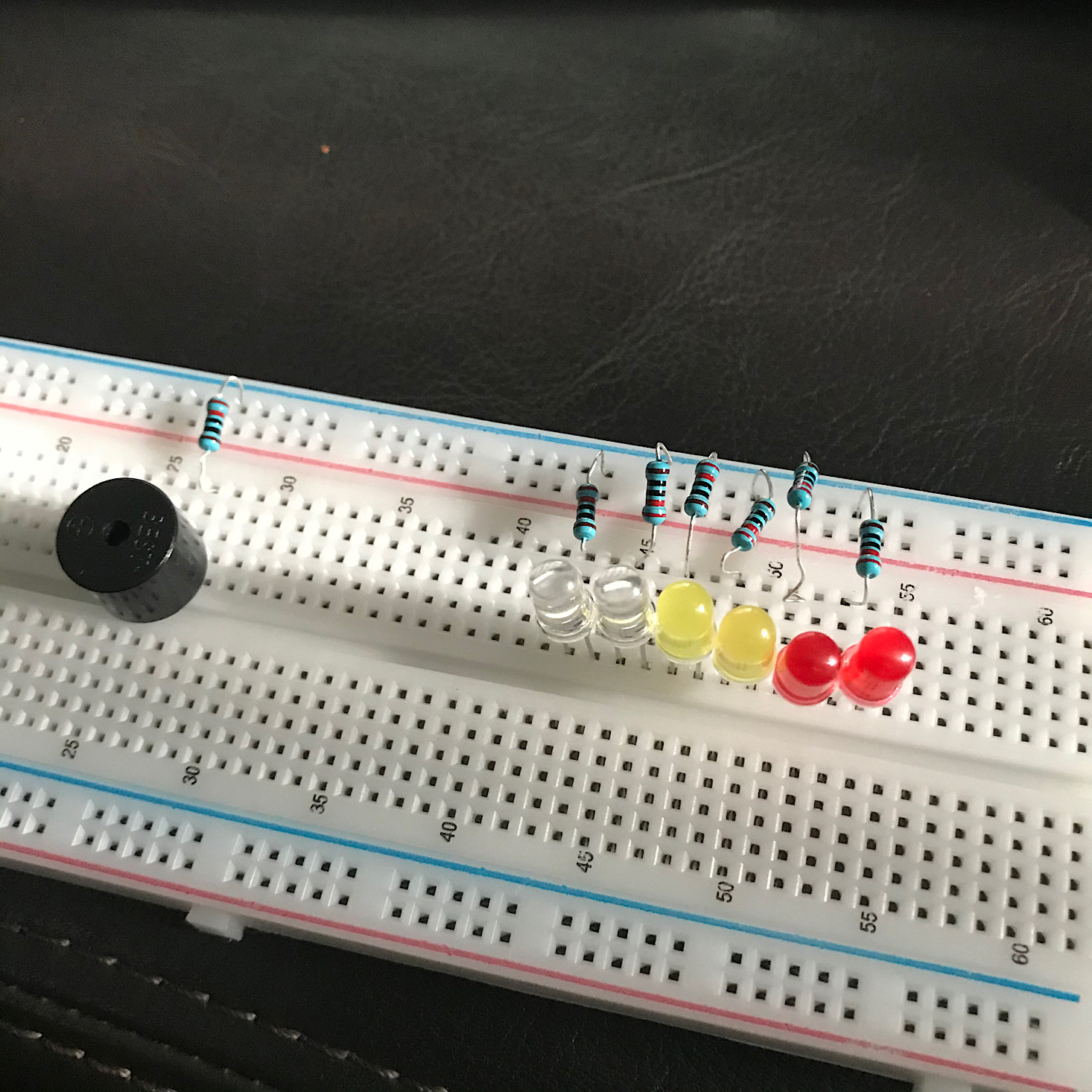


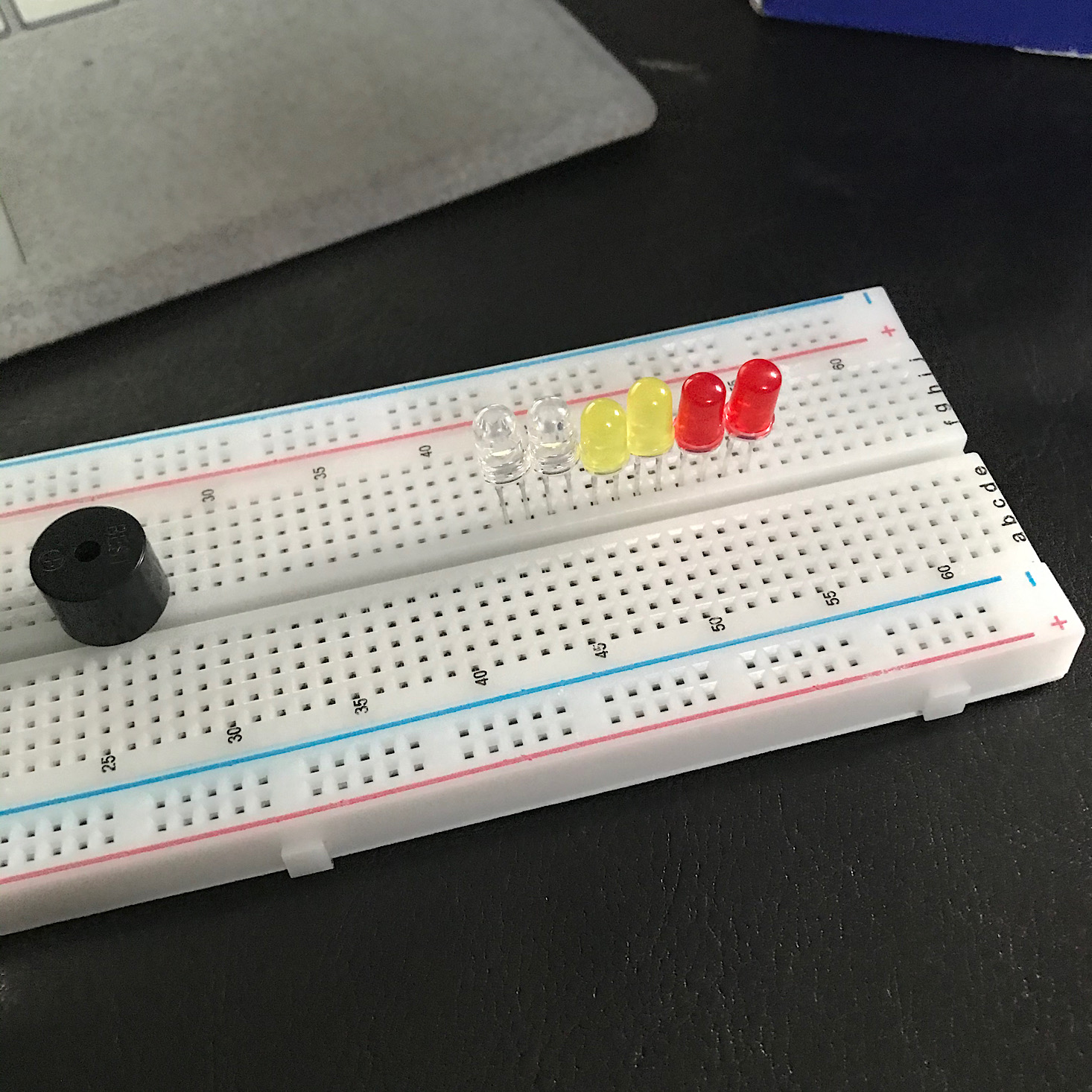
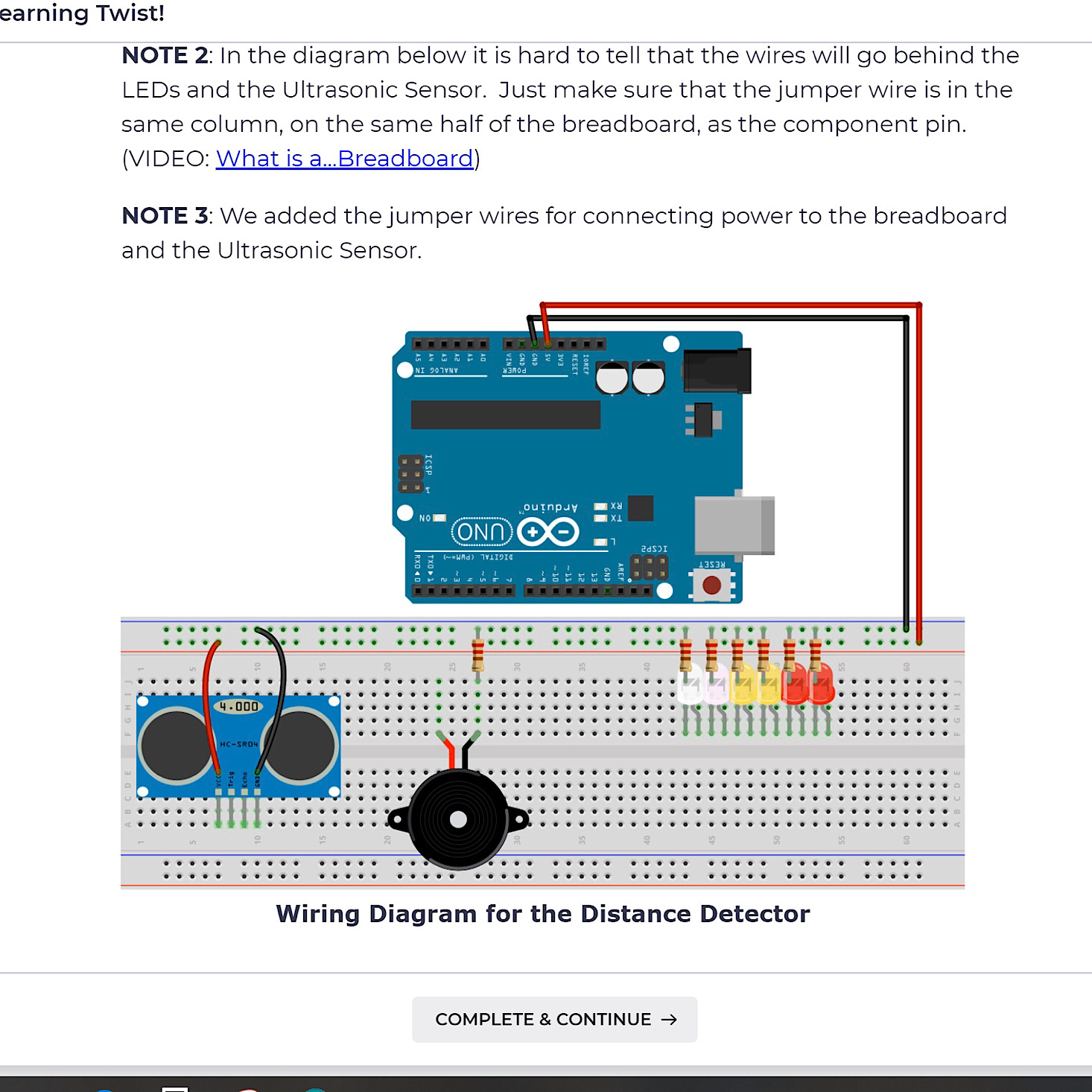


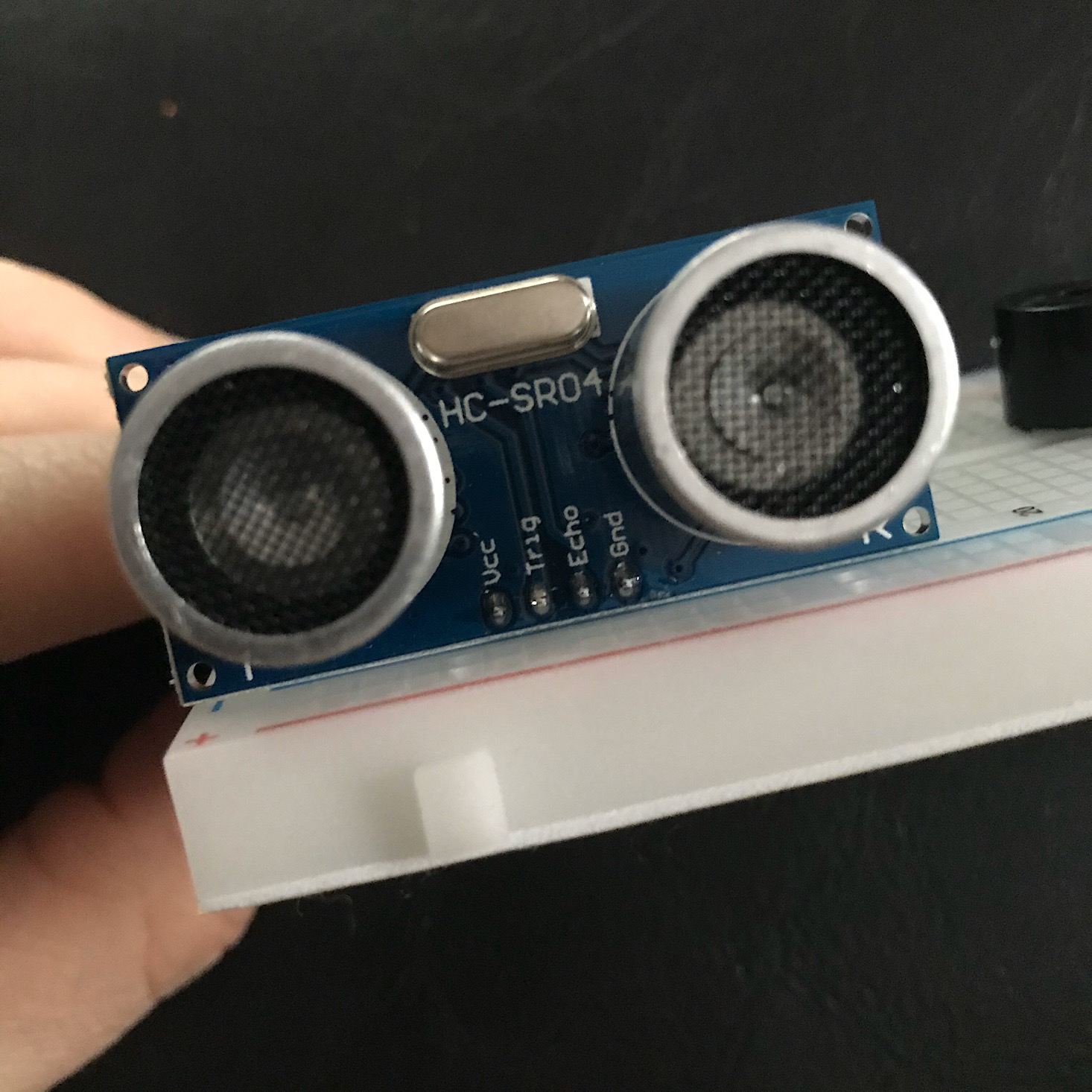
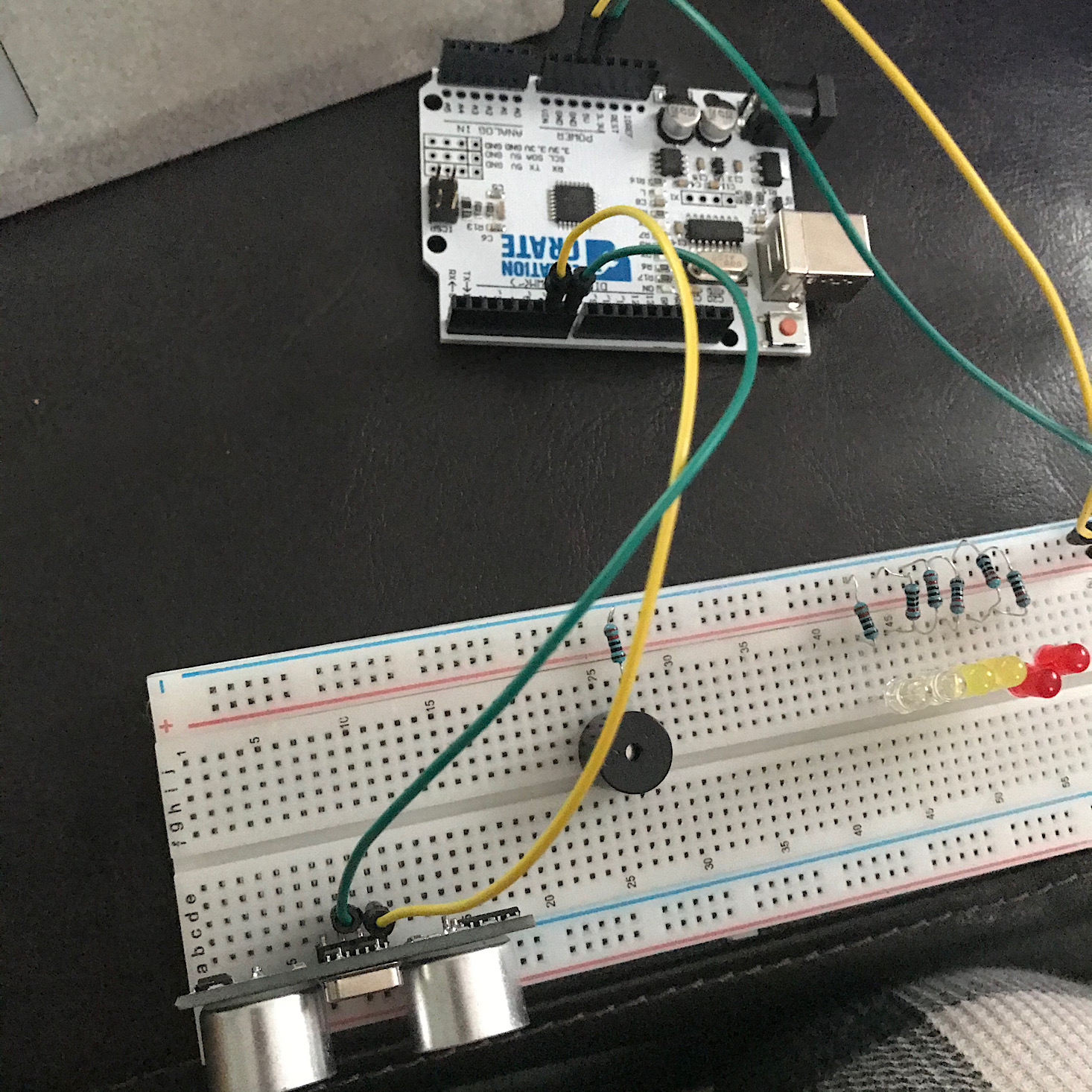

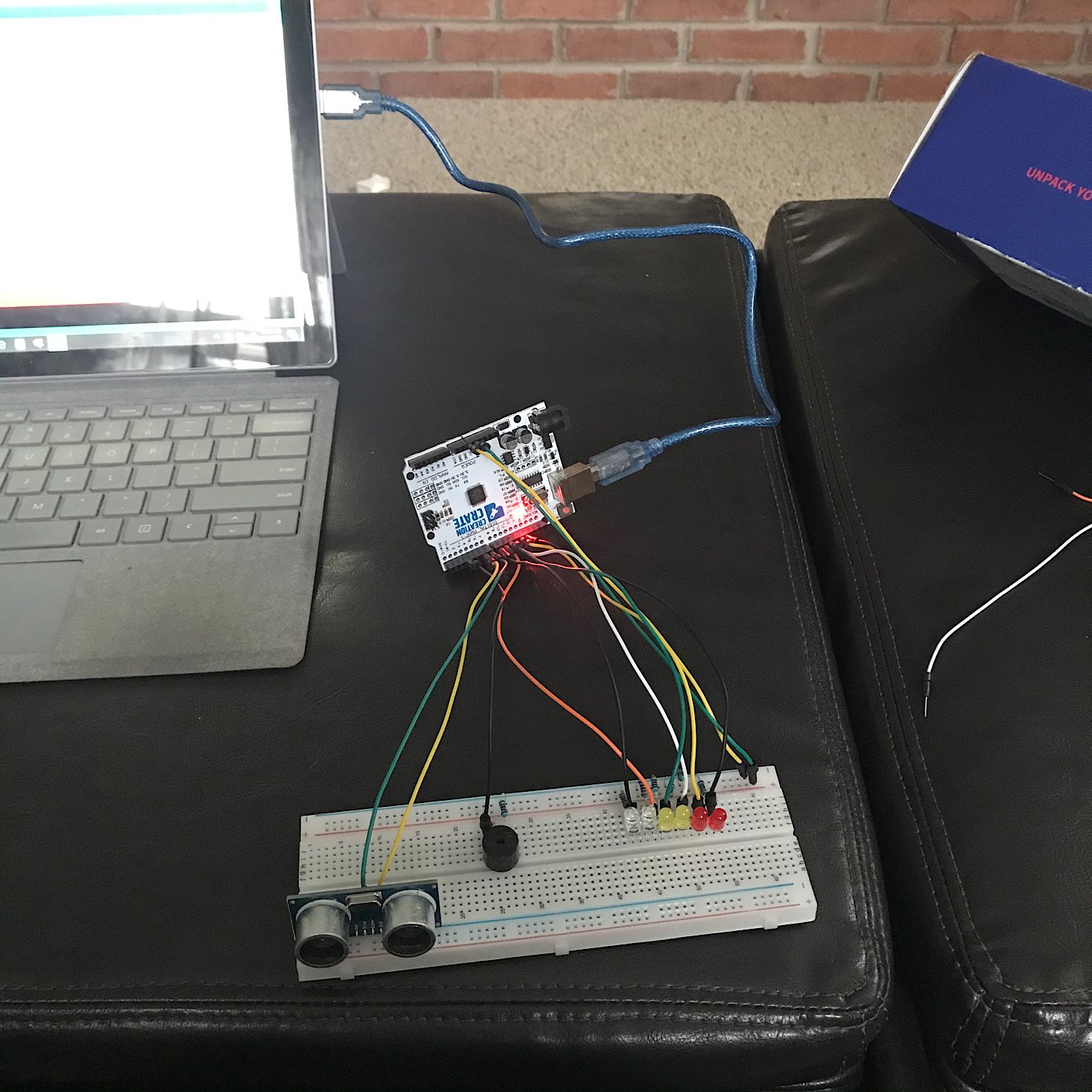
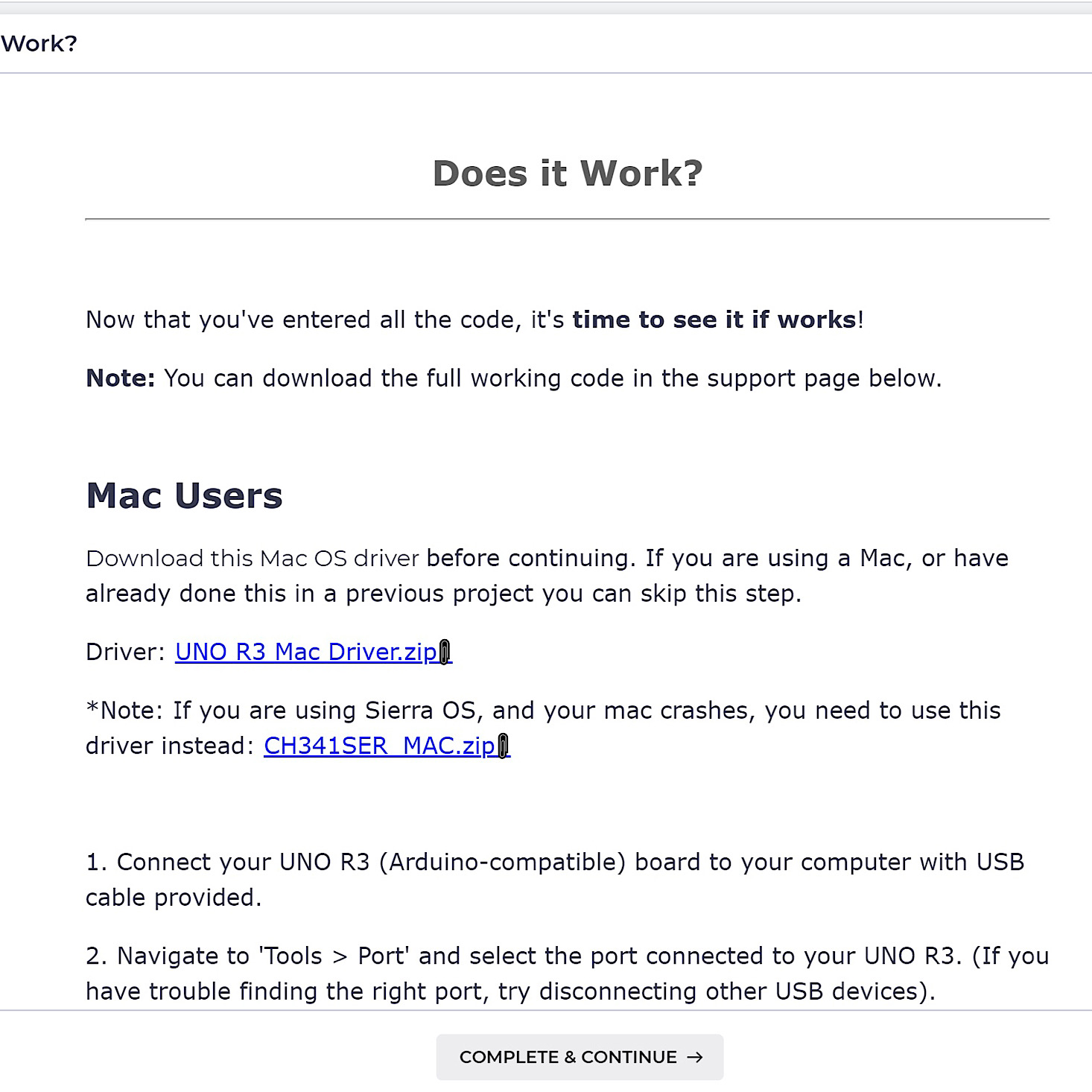



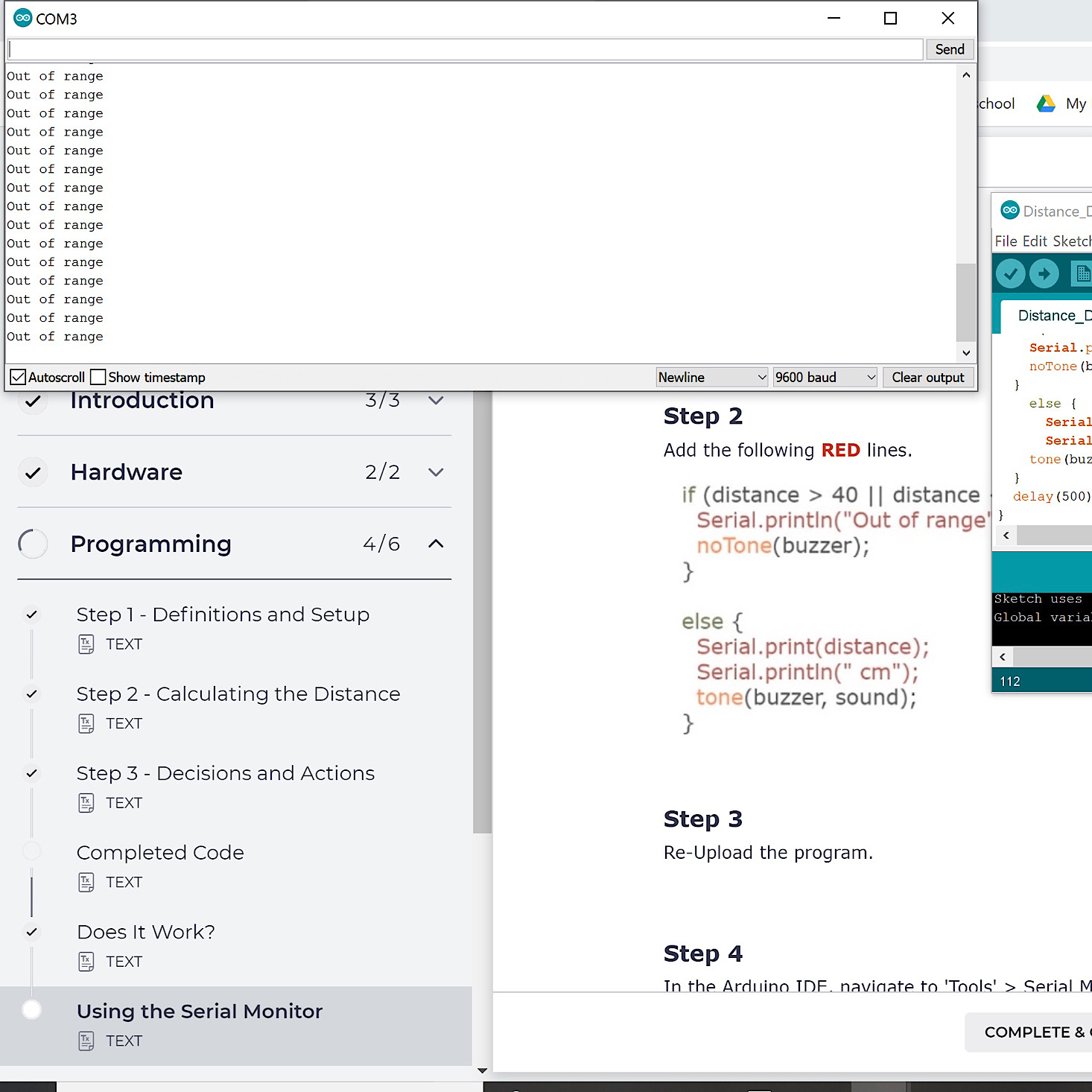
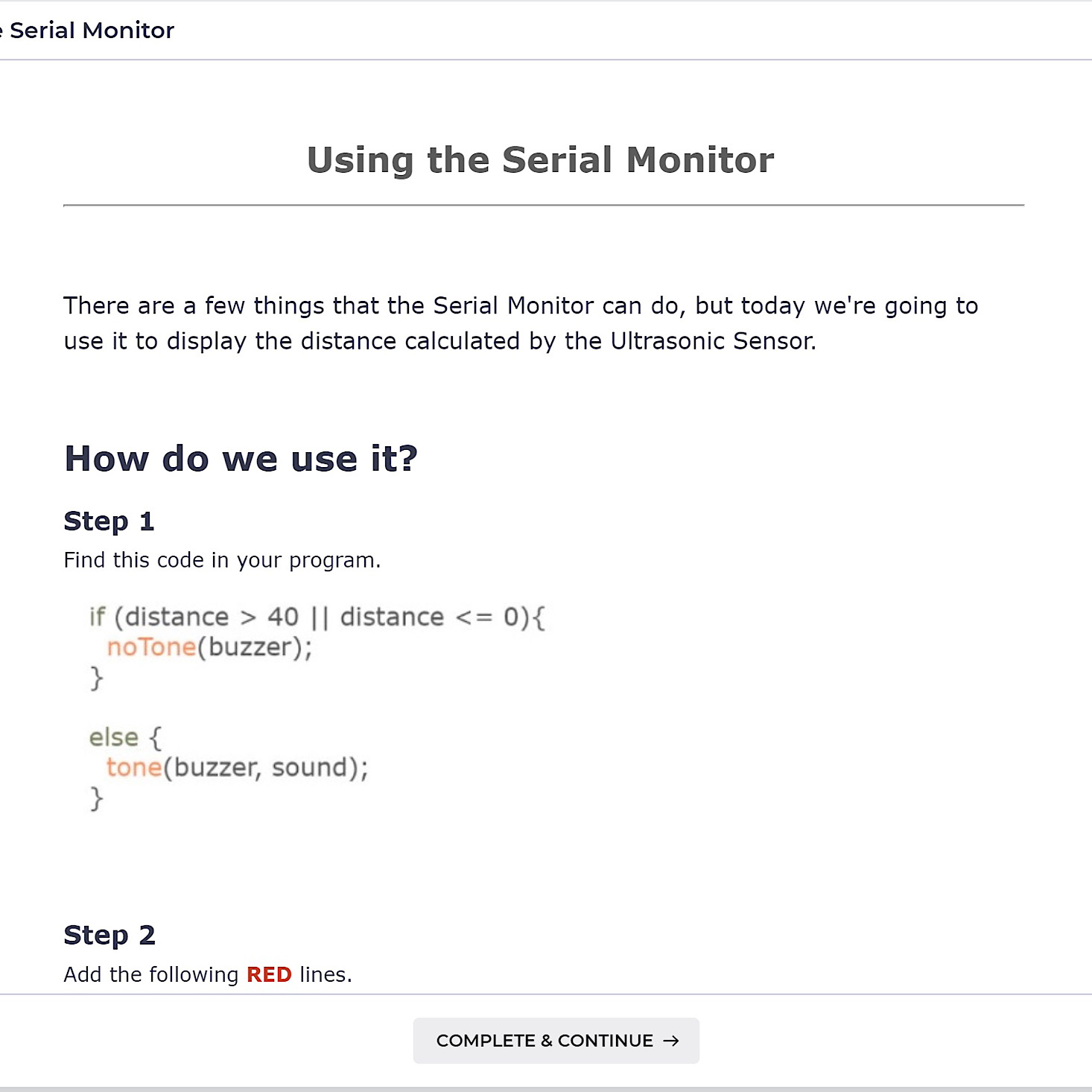





Please do not enter your email address in the Name field or in the comment content. Your email address will not be published. Required fields are marked *. Remember to post with kindness and respect. Comments with offensive language, cruelness to others, etc will not be approved. See our full comment policy here.